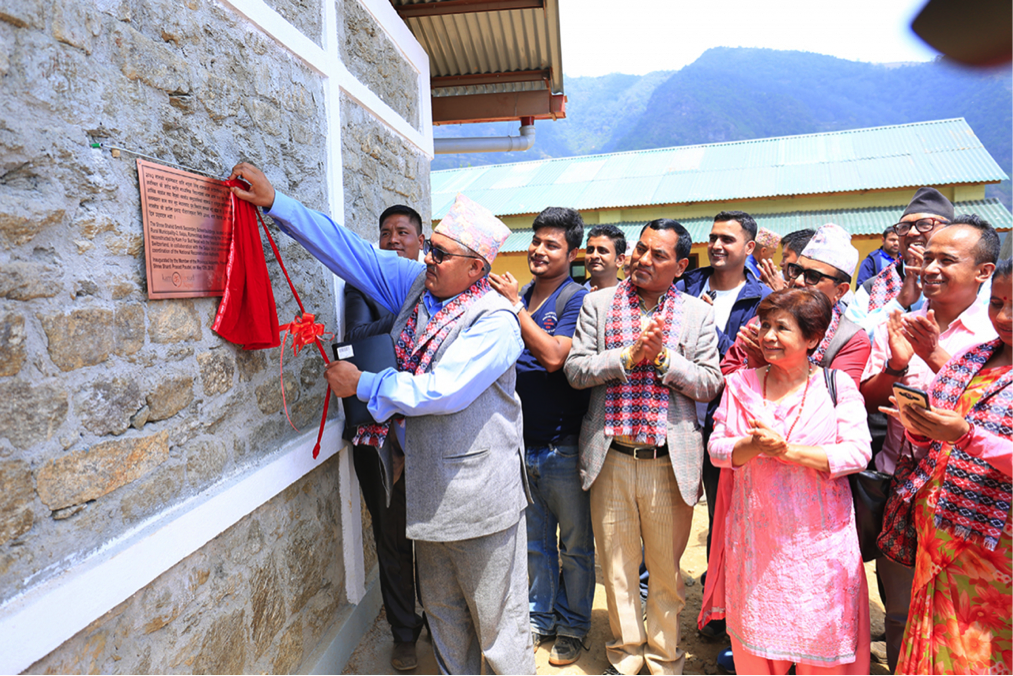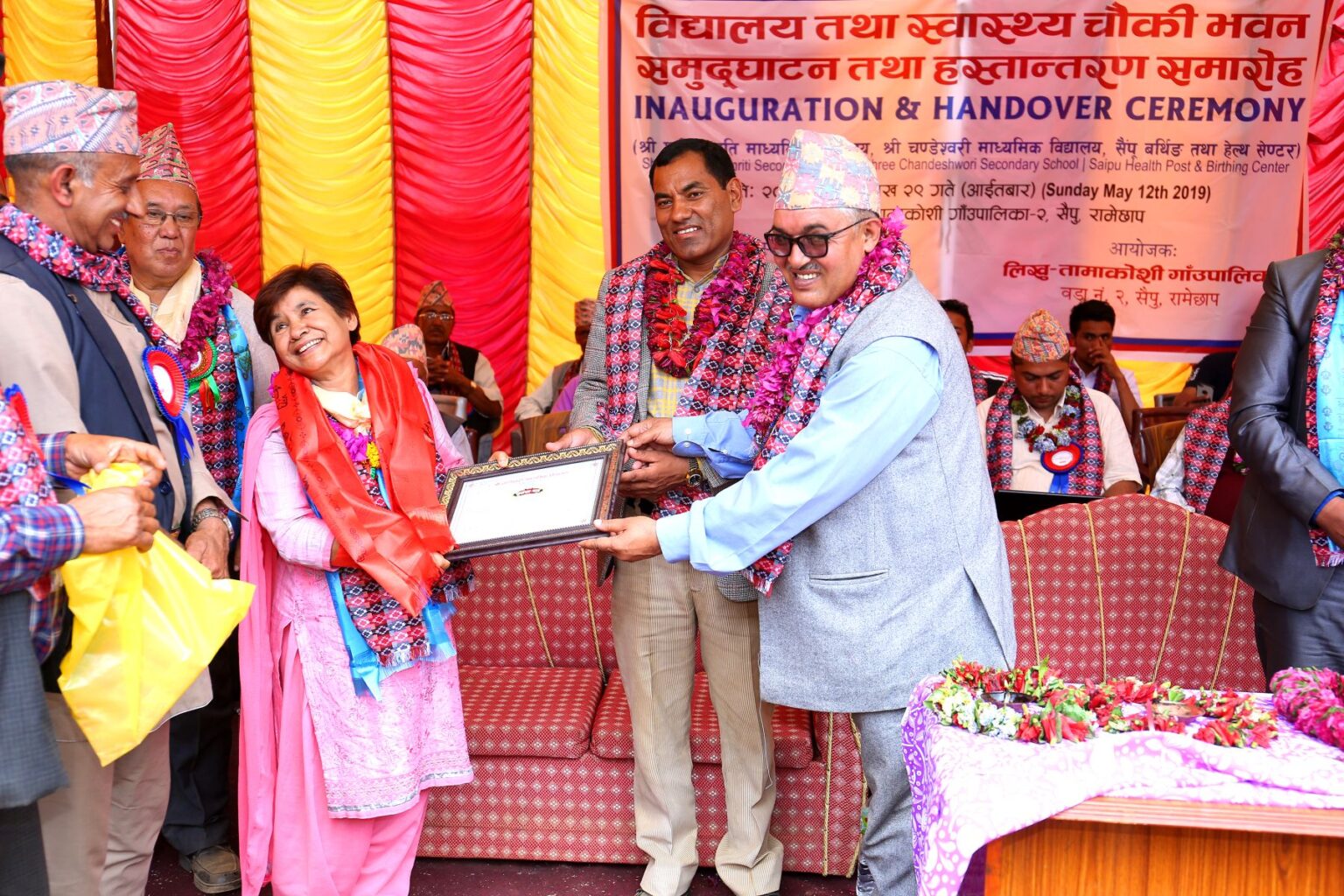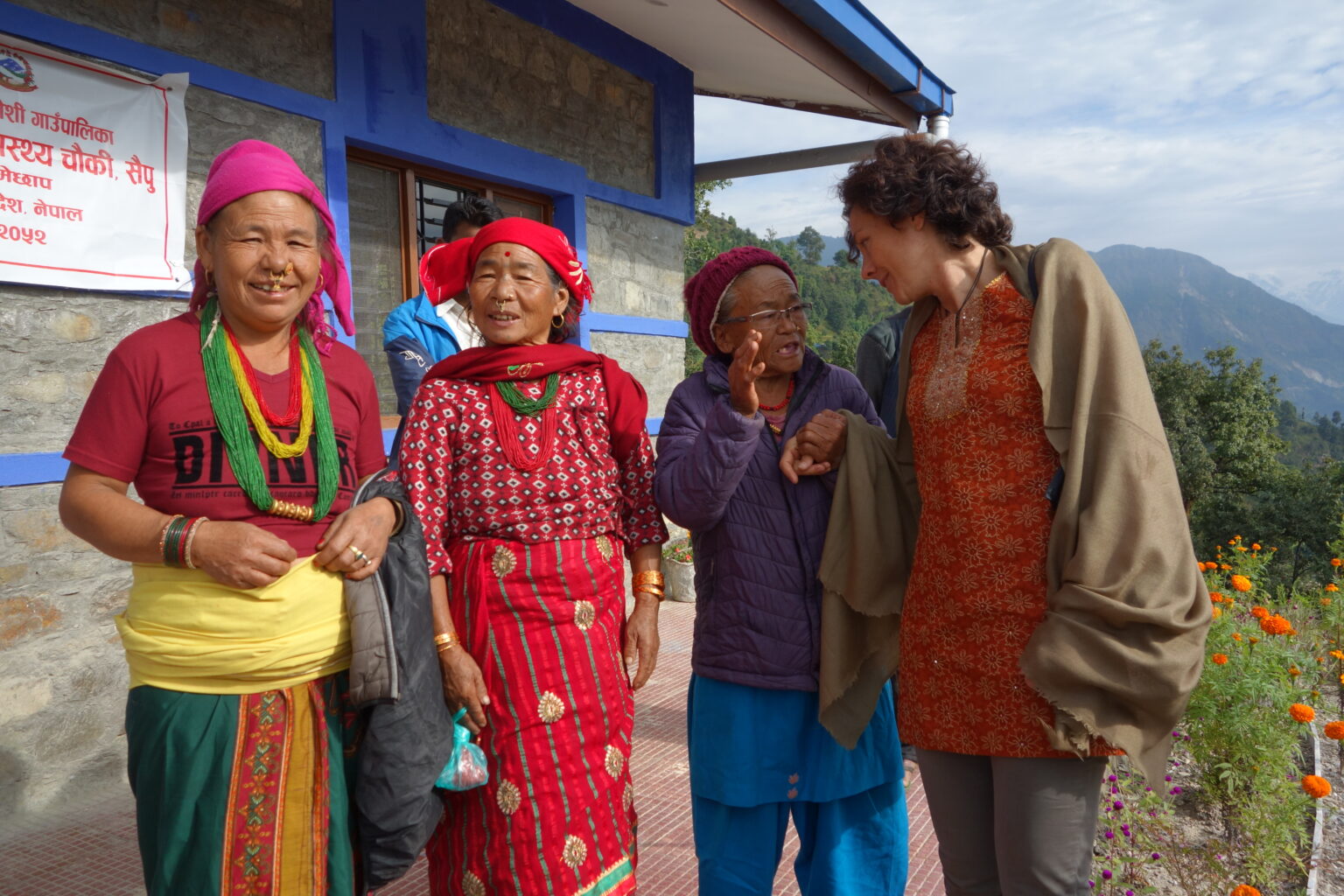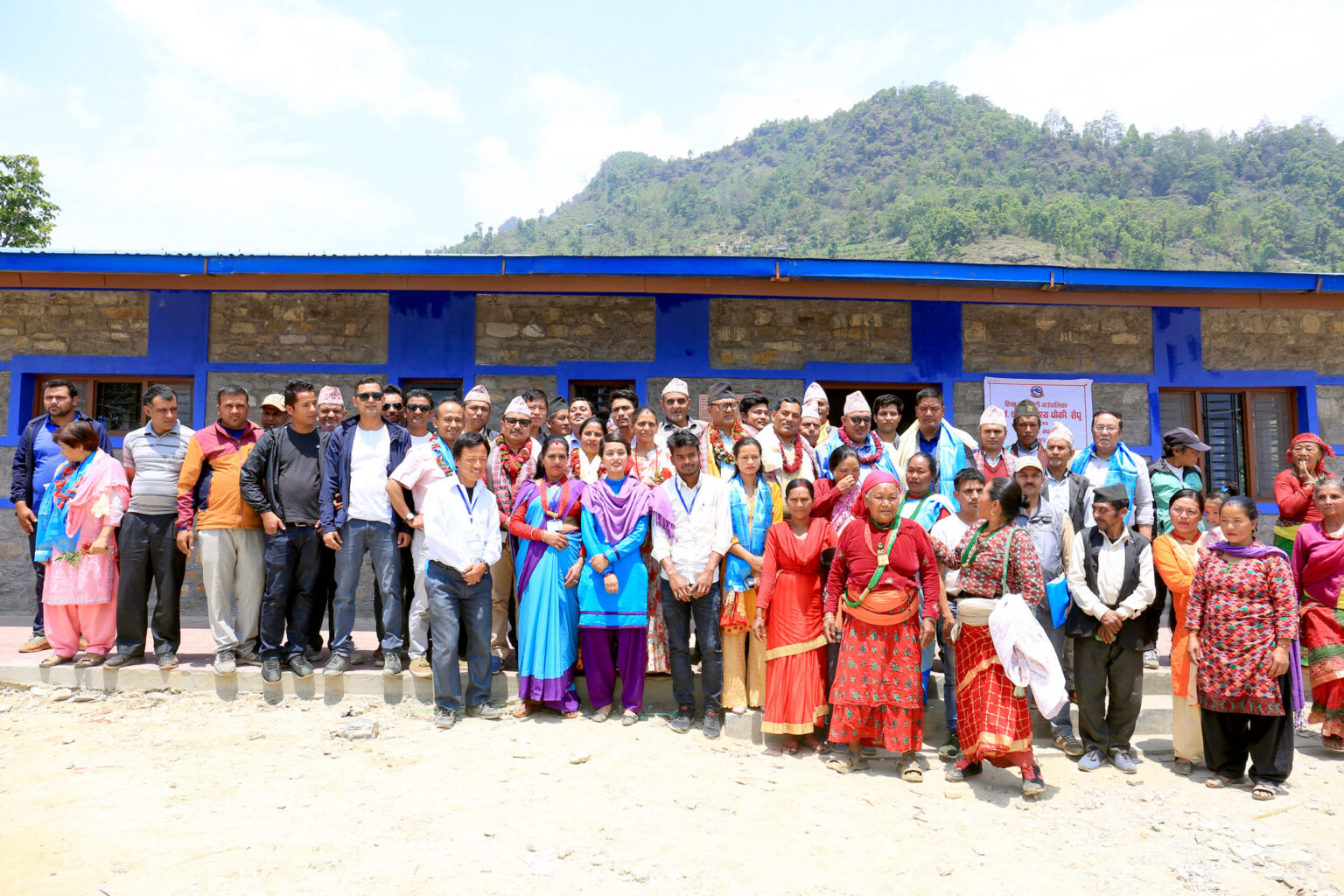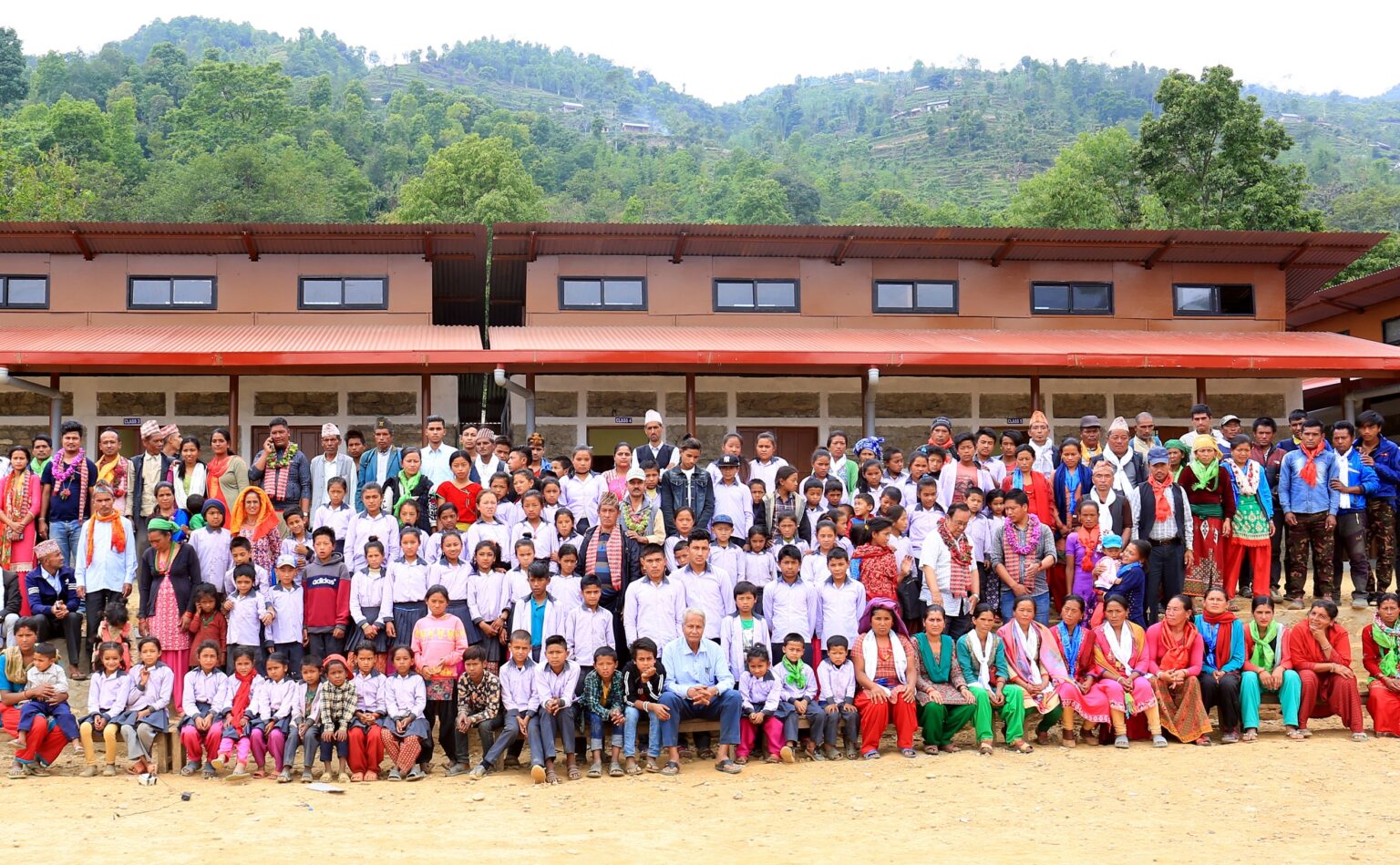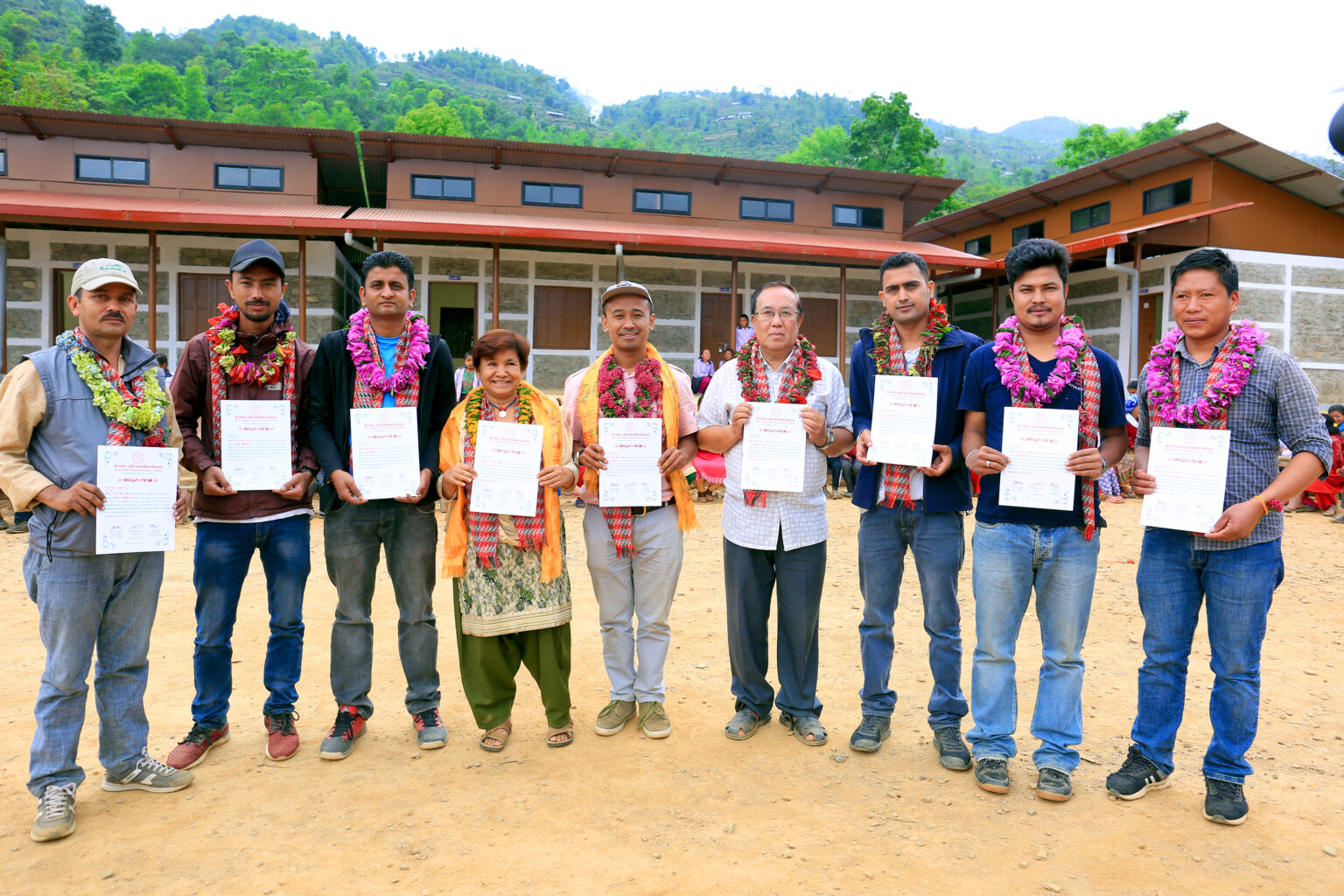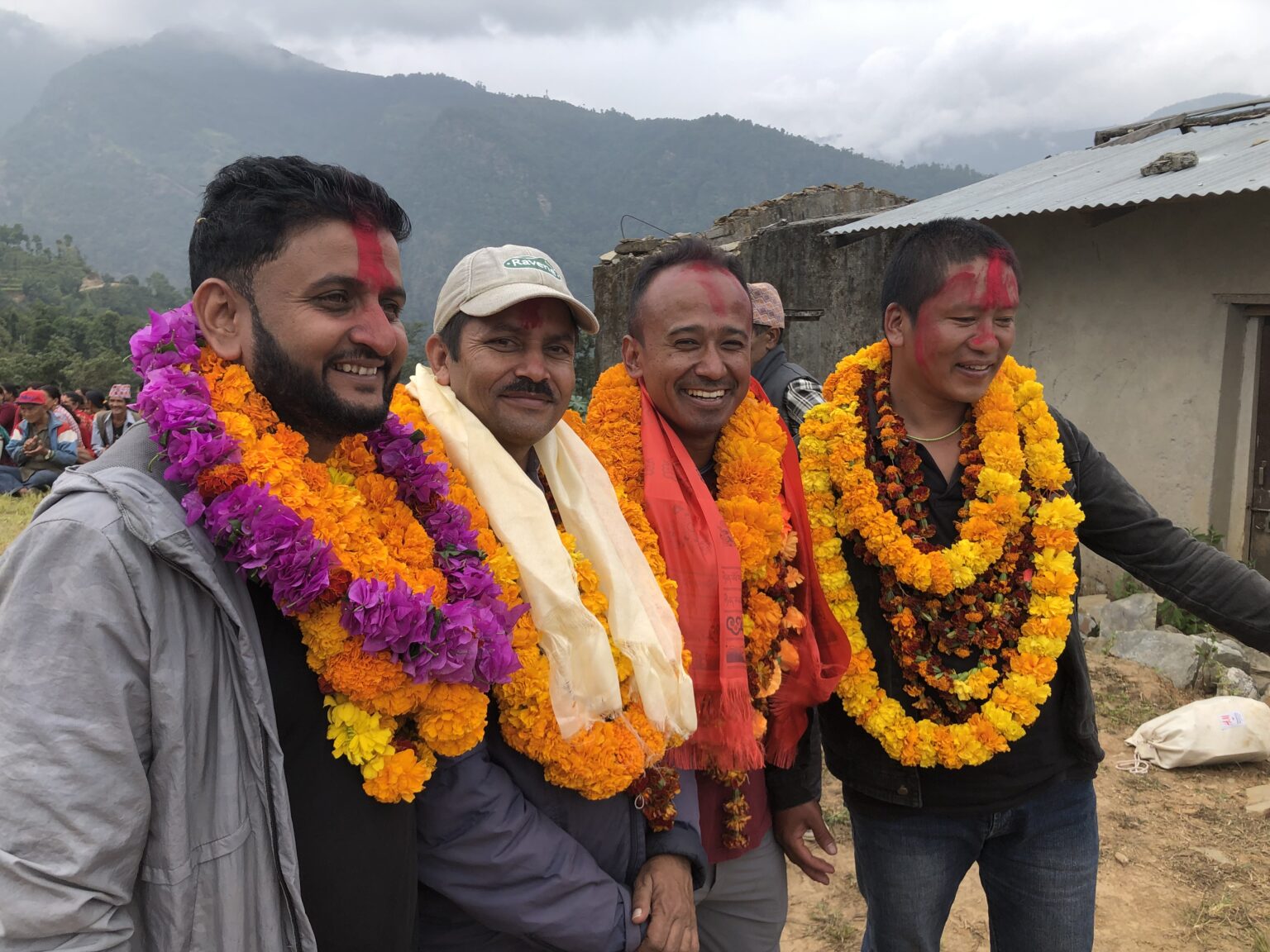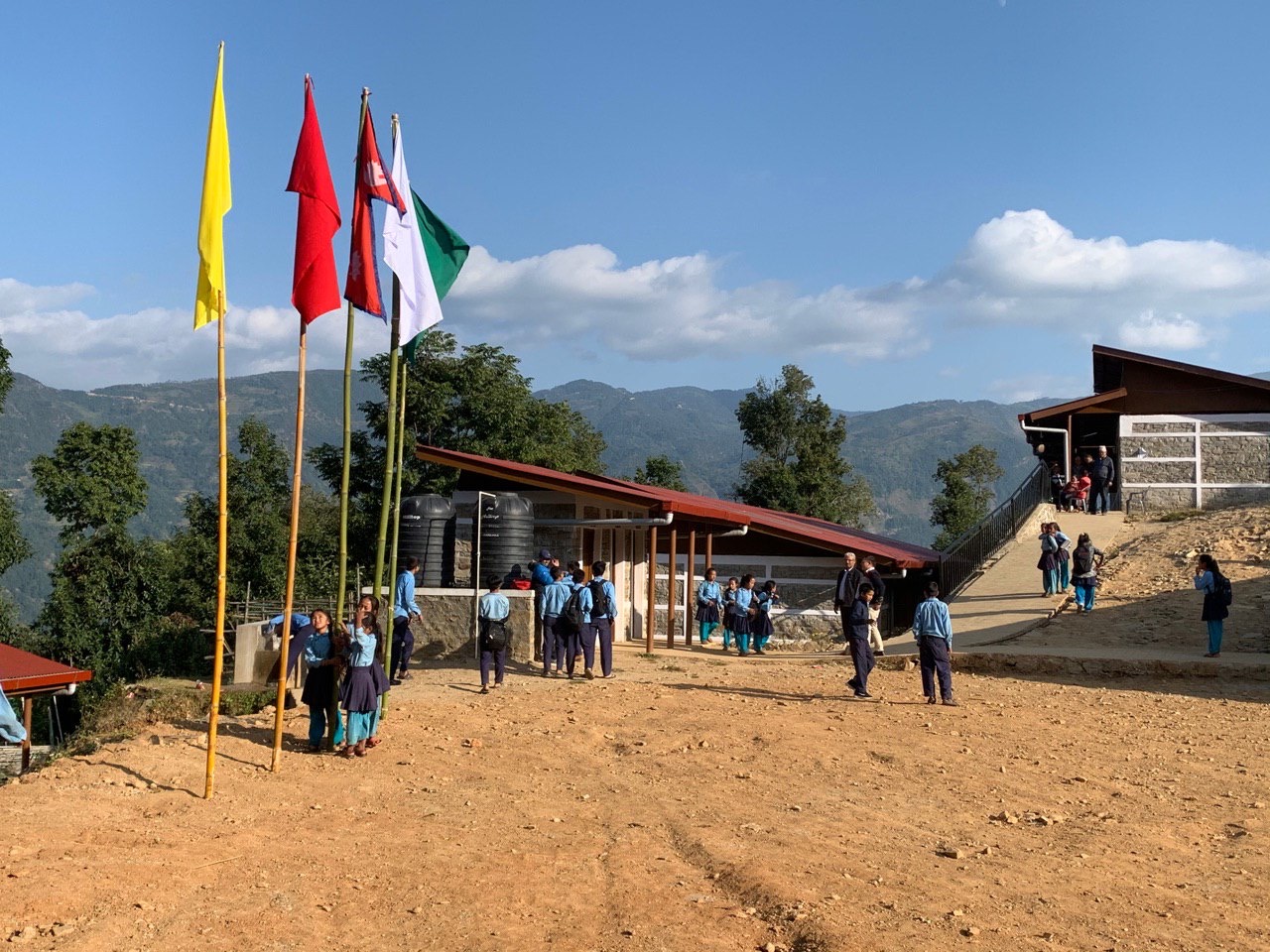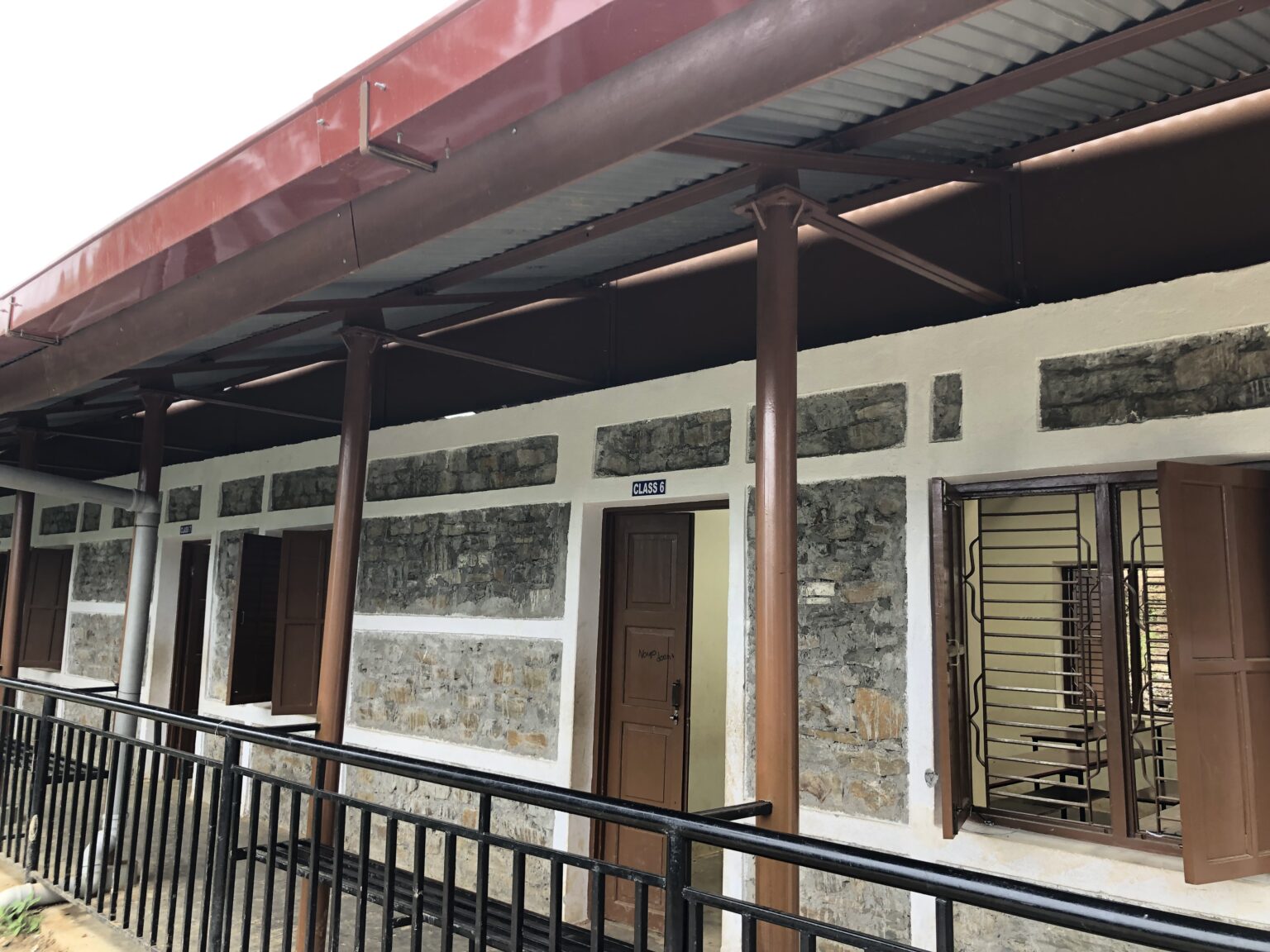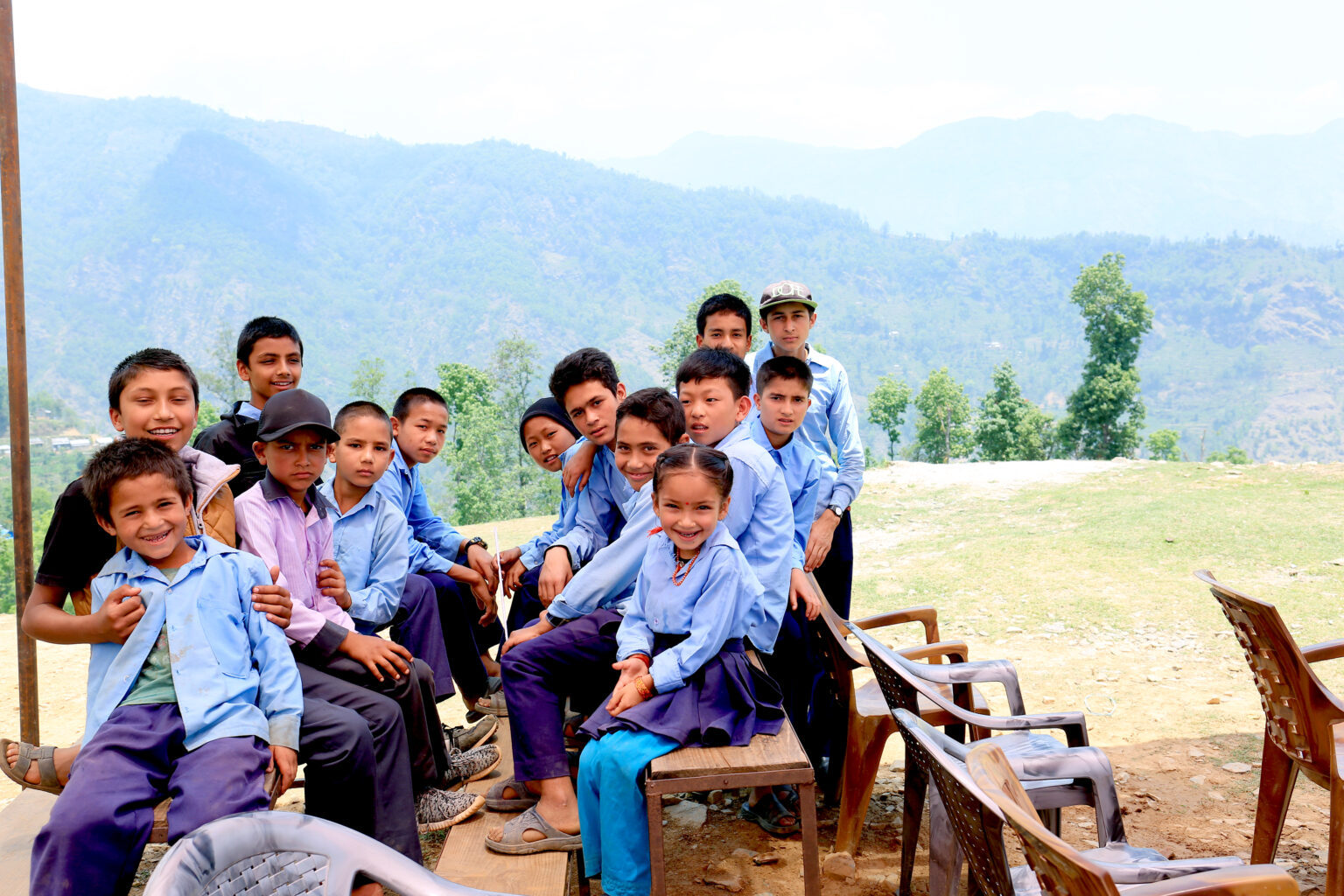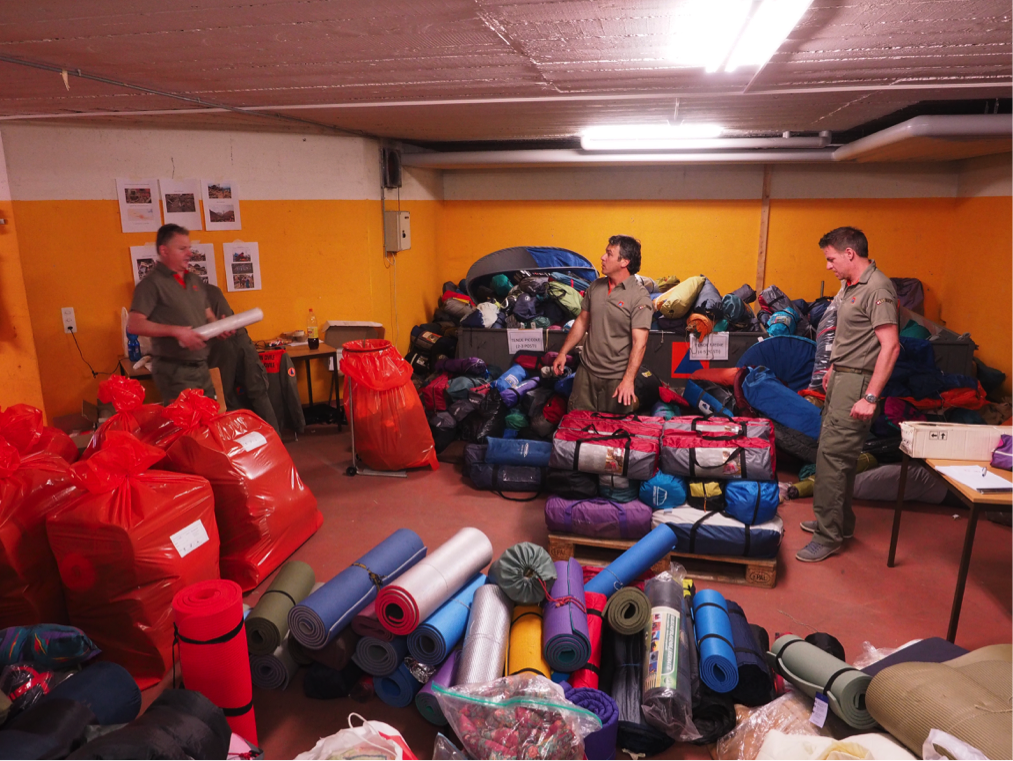2015 – 2019
Relief and post-earthquake reconstruction
On the 25th of April 2015, a 7.8 magnitude earthquake struck Nepal causing massive damage and the death of nearly ten thousand people.
1. The relief phase
Thanks to its established local network contacts, Kam For Sud was able to intervene immediately in order to organize the support during the relief phase. This was concentrated in places where Kam For Sud was already working before the earthquake, i.e., where its inclusion in the local communities allowed for targeted, coordinated and effective action.
Relief operations consisted of:
- water purification for epidemic prevention;
- food distribution and emergency financial aid;
- distribution of temporary housing (tarpaulins, tents, sleeping mats, sleeping bags);
- distribution of solar panels;
- verification of the structural safety of partially damaged houses.

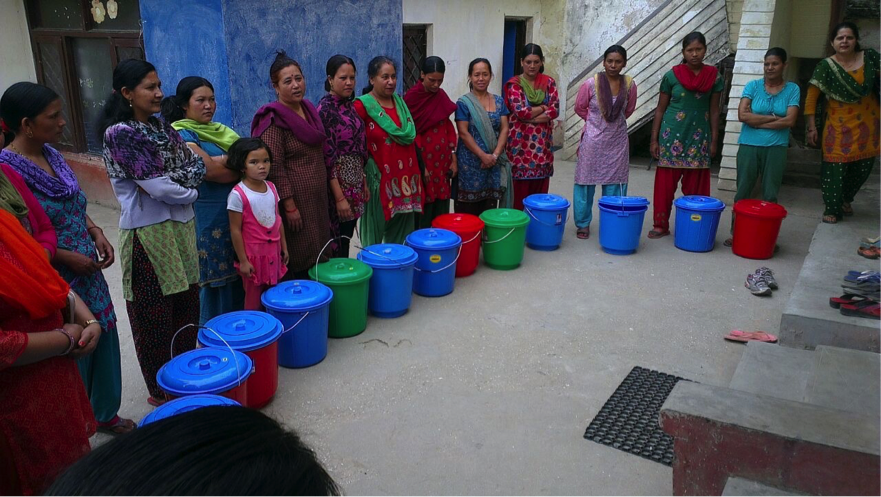
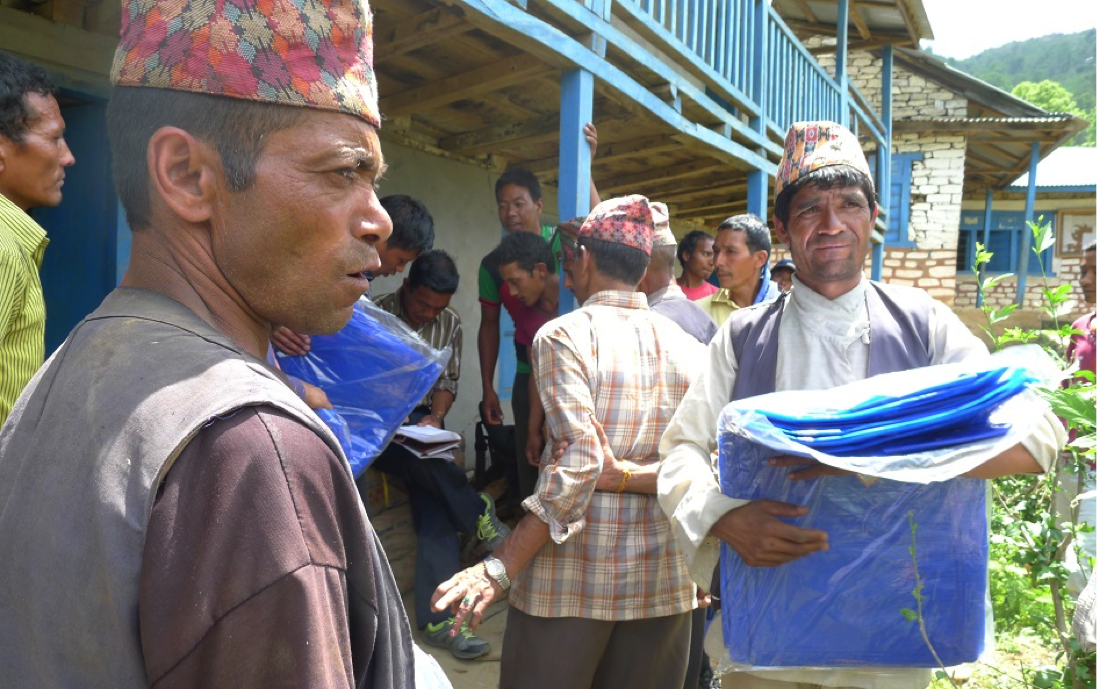
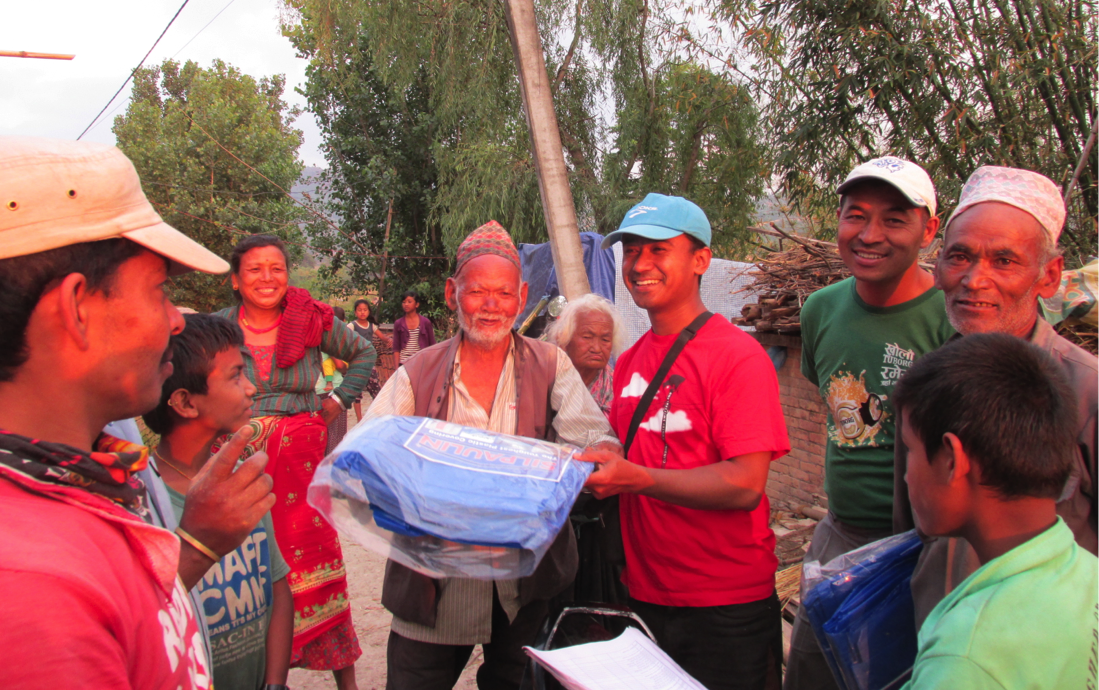
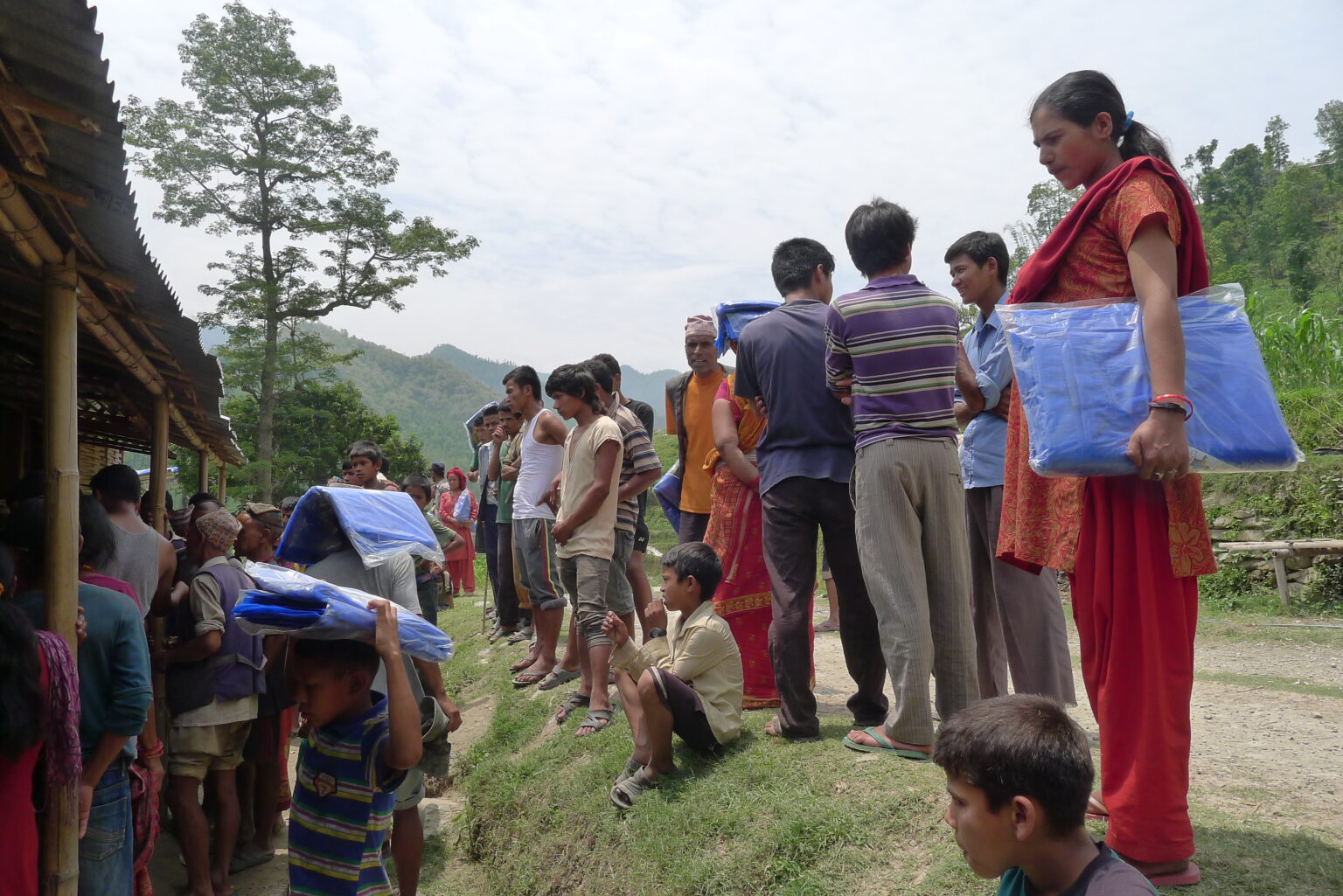
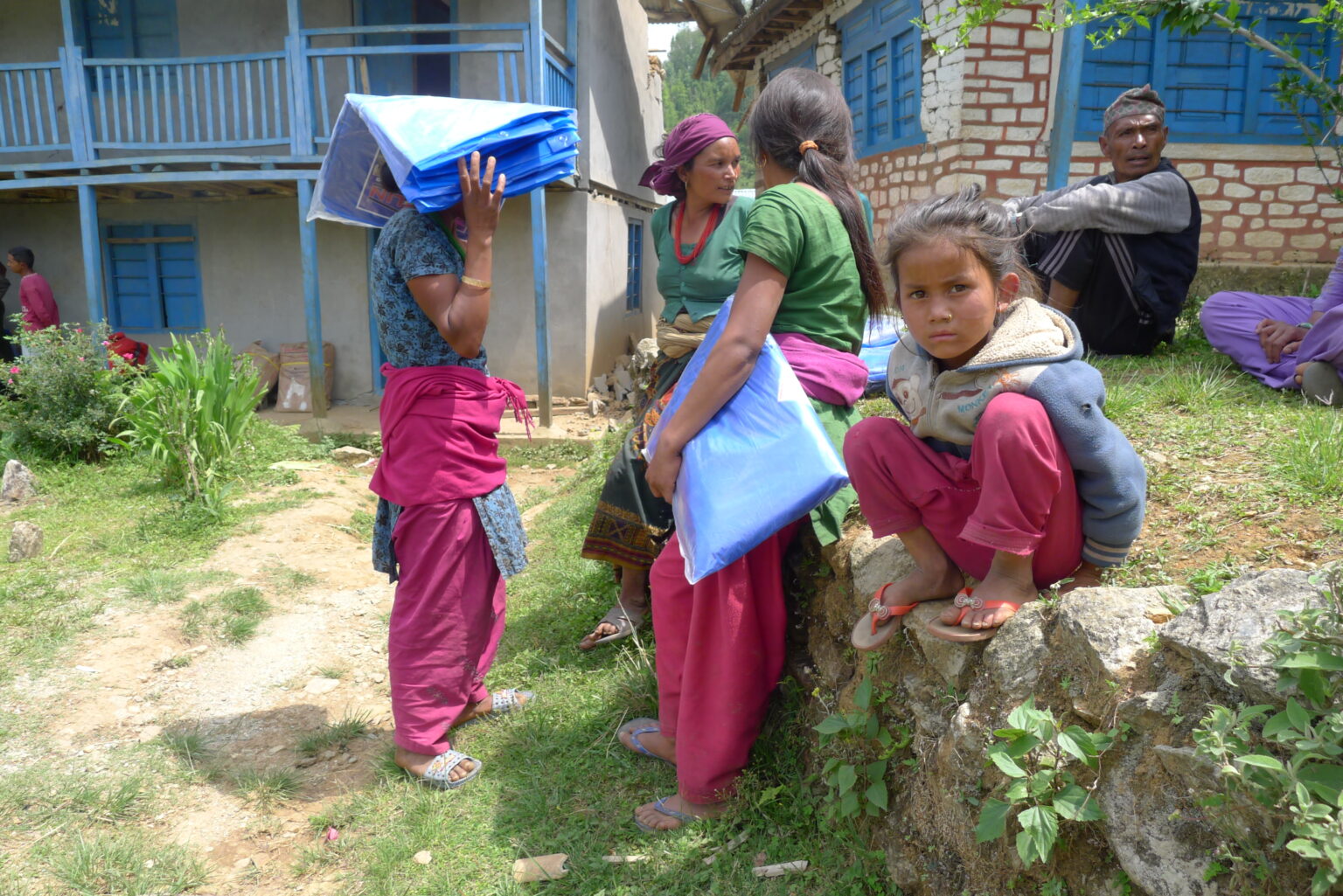
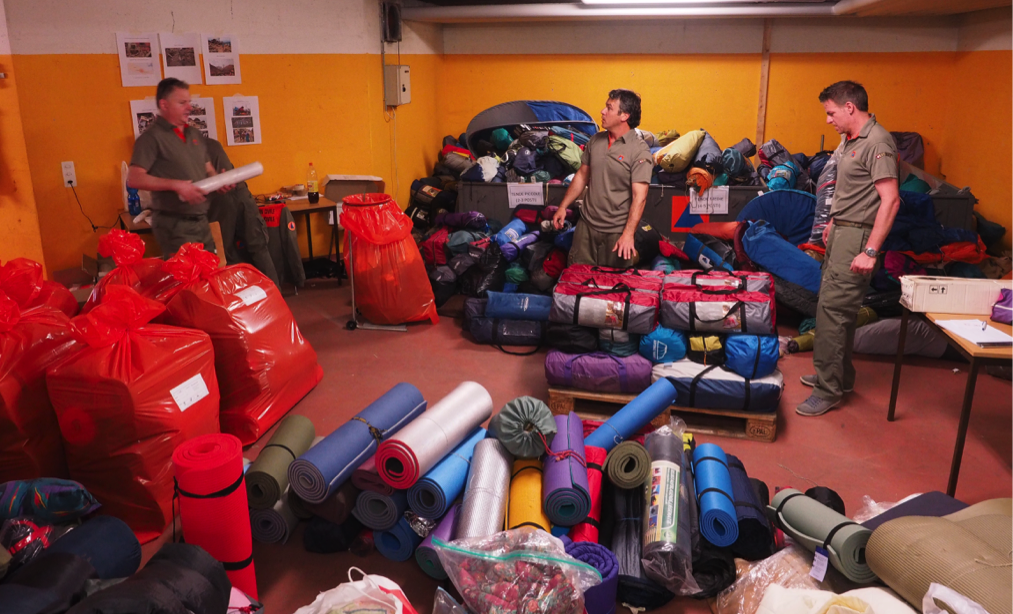

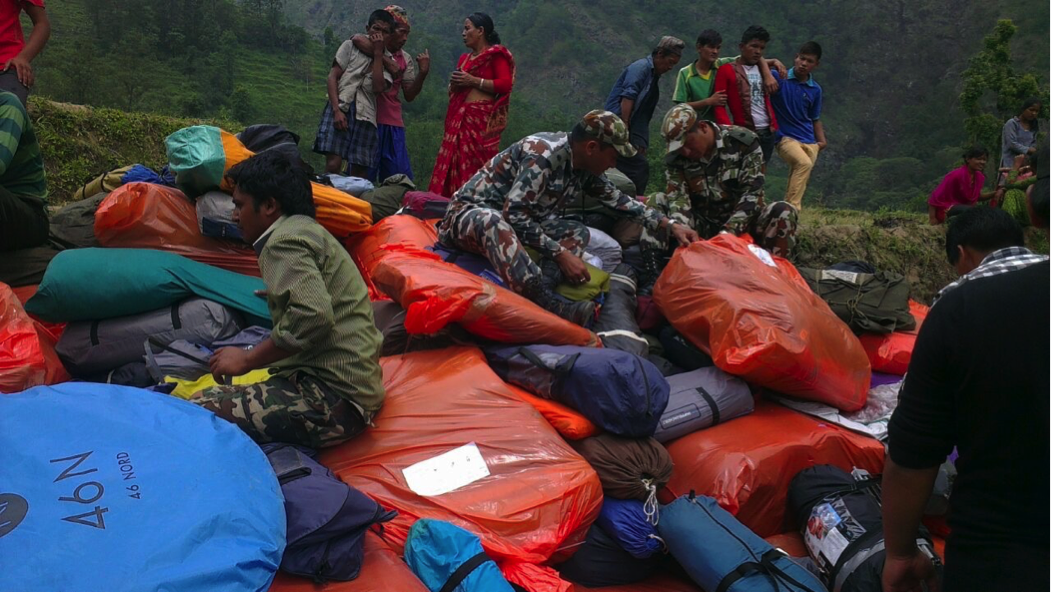
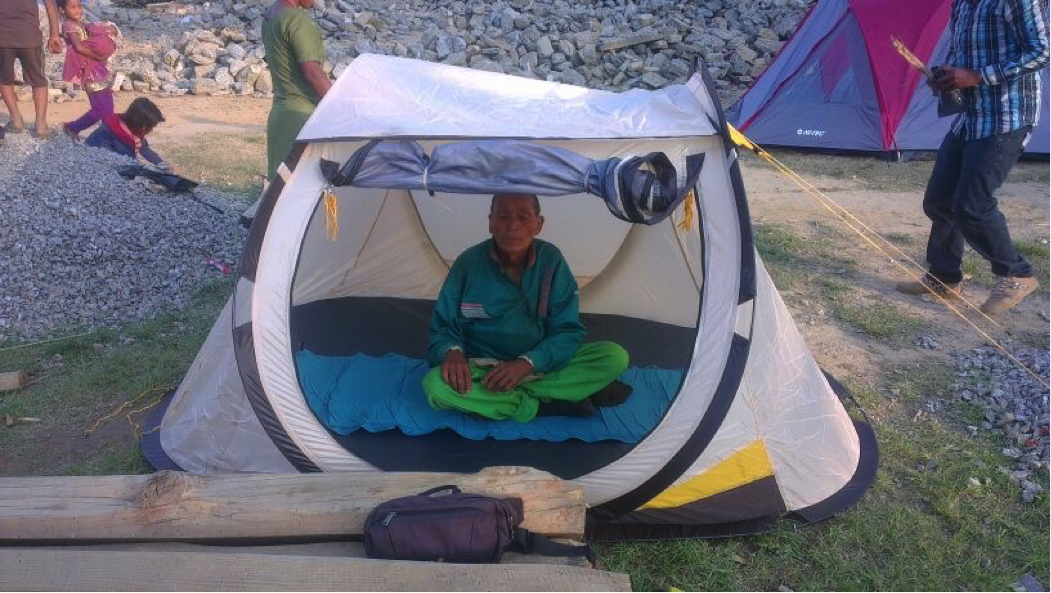
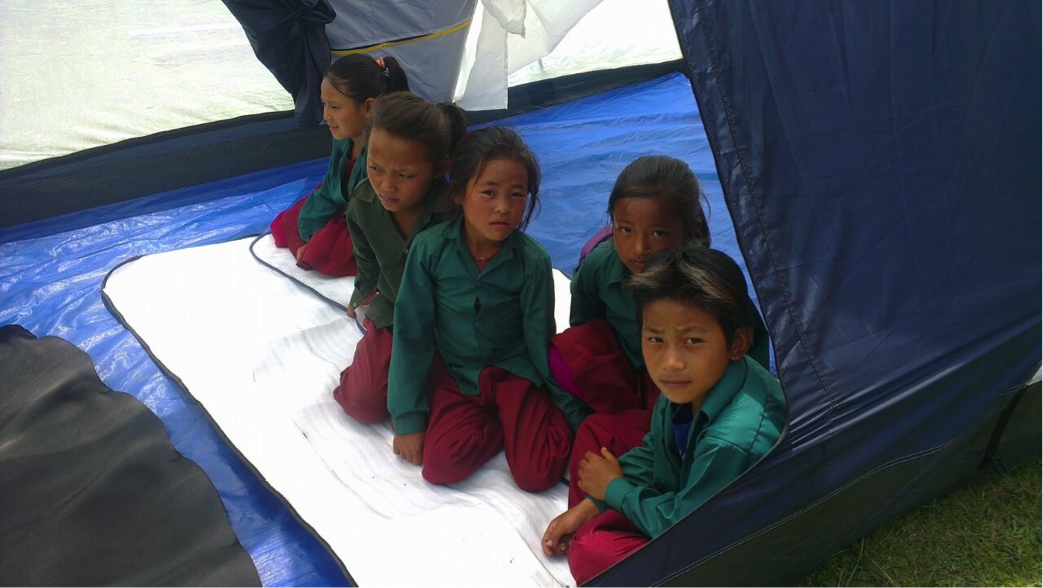
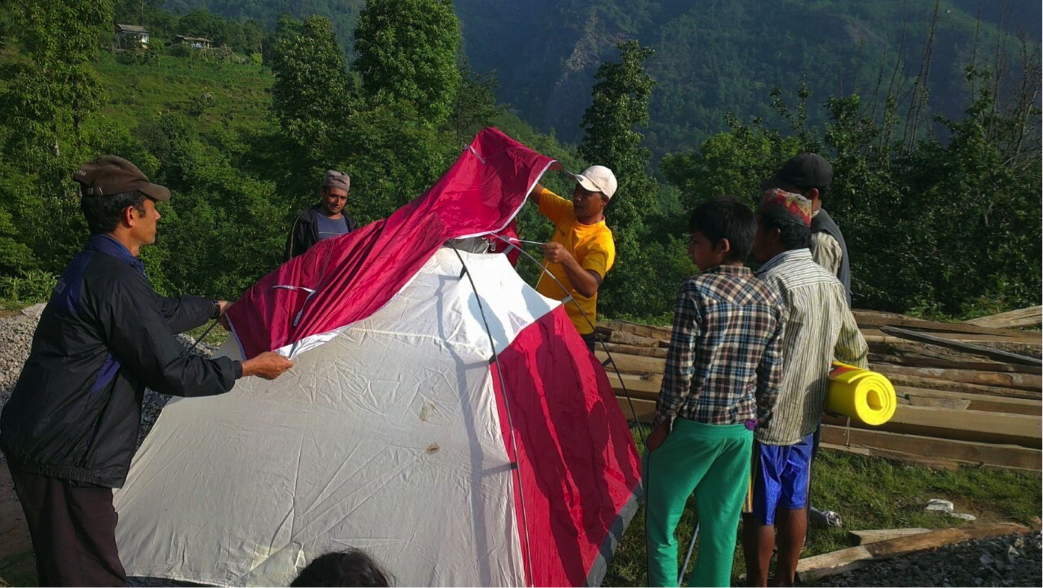
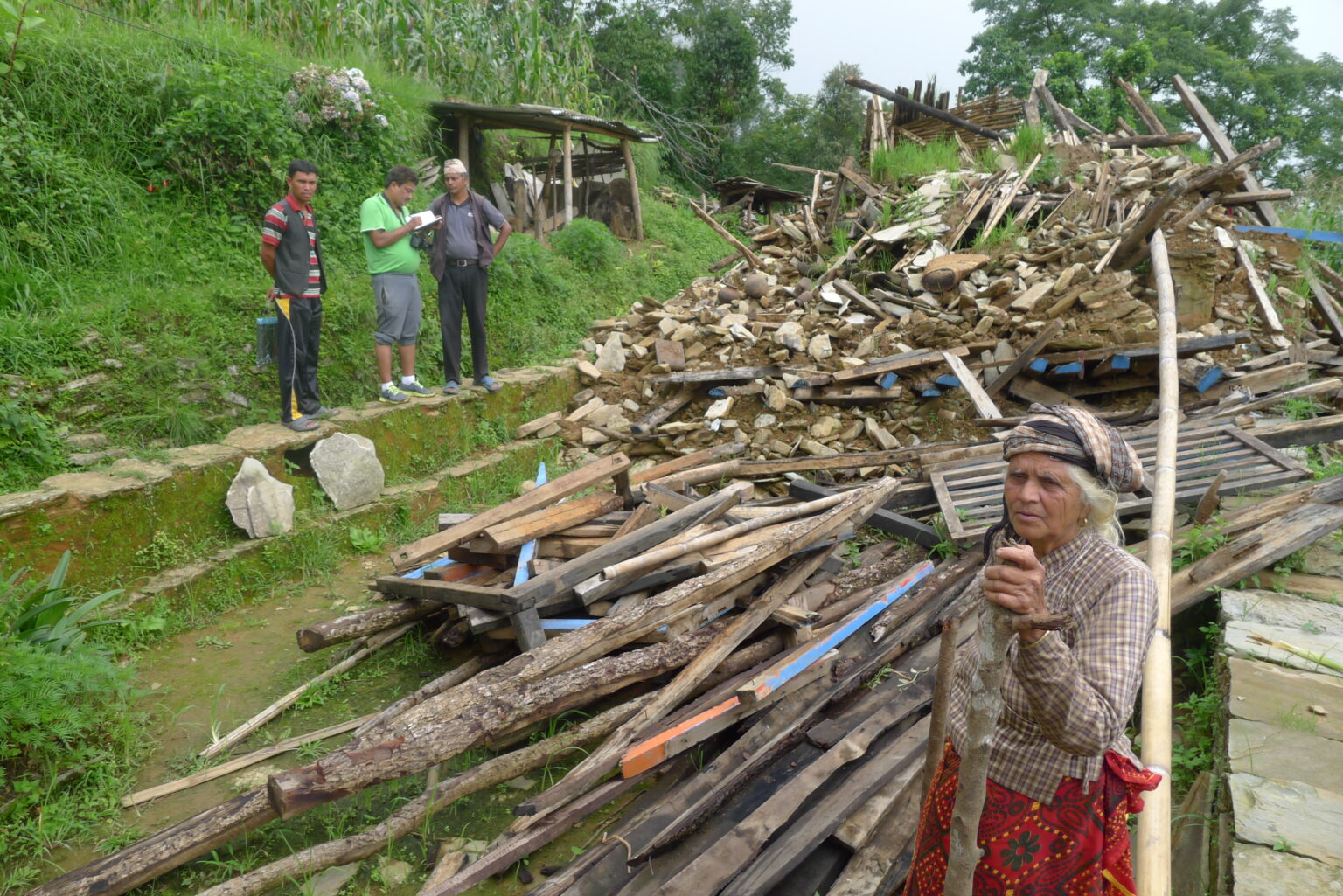
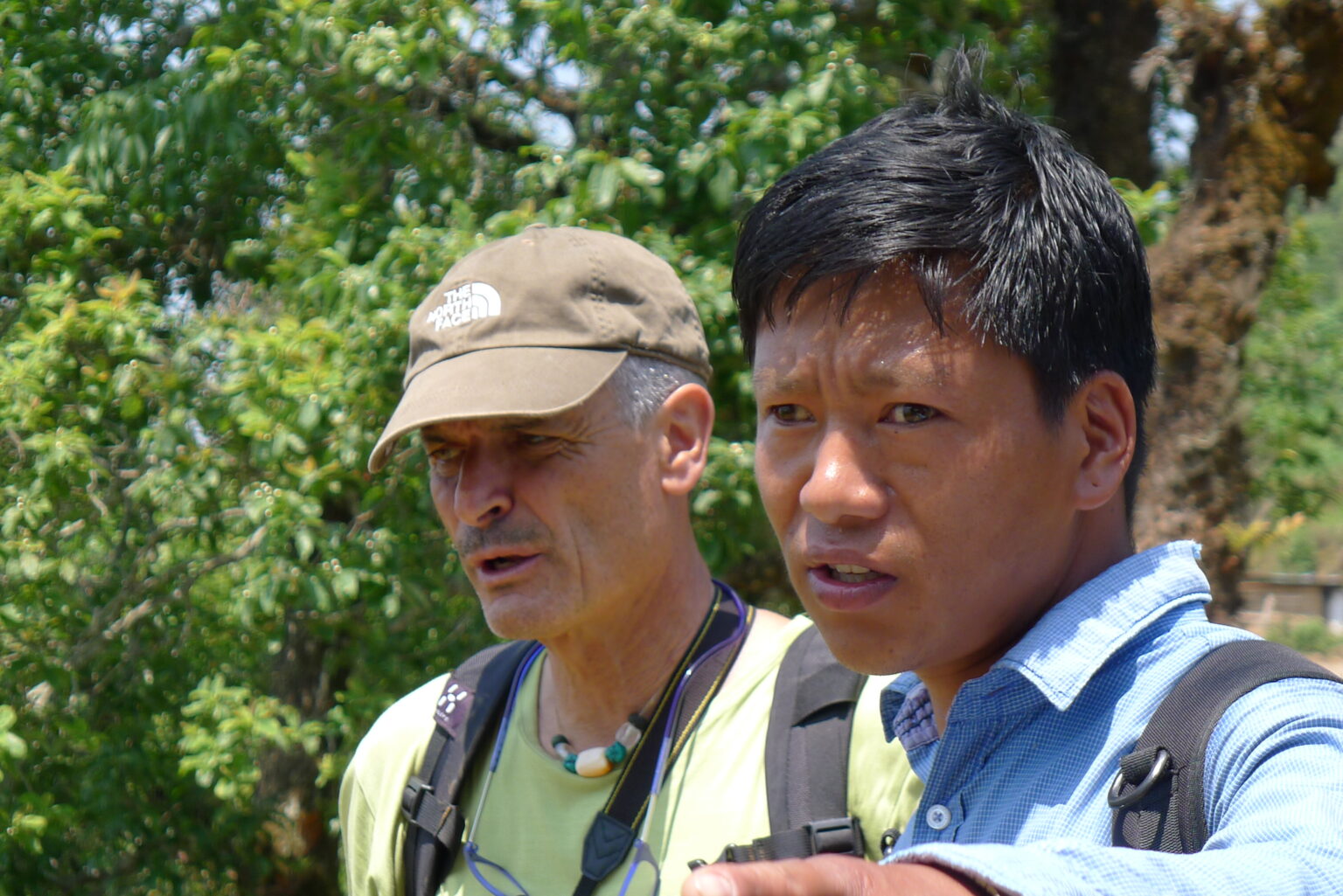
Kam For Sud Nepal’s team, in particular the staff of the Tathali children home—where the logistical base was initially located due to the seismic resilience of the buildings—strongly contributed to the success of the support during the relief phase.
In Switzerland, a task force managed the various short- and medium-term operations, with the Ticino Civil Protection also contributing in the relief phase.
On the other hand, the strong support received from a multitude of small and large donors gave Kam For Sud the strength to commit, when the relief phase was over, to the reconstruction of an entire village.
2. Reconstruction in Saipu
The challenges of reconstruction after an earthquake are generally:
- the supply/demand ratio of materials and labor is completely unbalanced;
- the overall cost is enormous;
- earthquake-resistant solutions adapted to different contexts are needed;
- earthquake-resistant techniques must be culturally and economically accepted as well as recognized by the government;
- in the case of Nepal, the institutional context was weak and unstable.
As a first step, a base camp had to be built in the village of Saipu, where project staff could stay safely. Work began in the fall of 2015 and was completed in early 2016, thanks to the substantial contribution by civilists and volunteers. The base camp was made of bamboo (treated in order to increase its durability) and clay. The result was a very flexible (earthquake-resistant) and cheap construction, which also served as a model for temporary buildings.
The Saipu village reconstruction project was later structured into four separate modules.
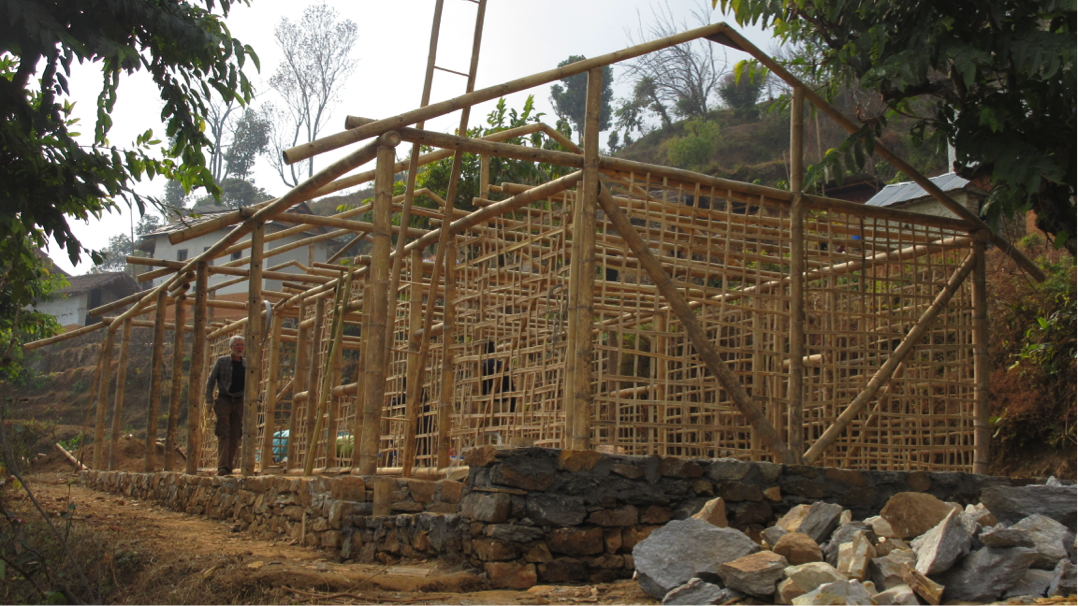
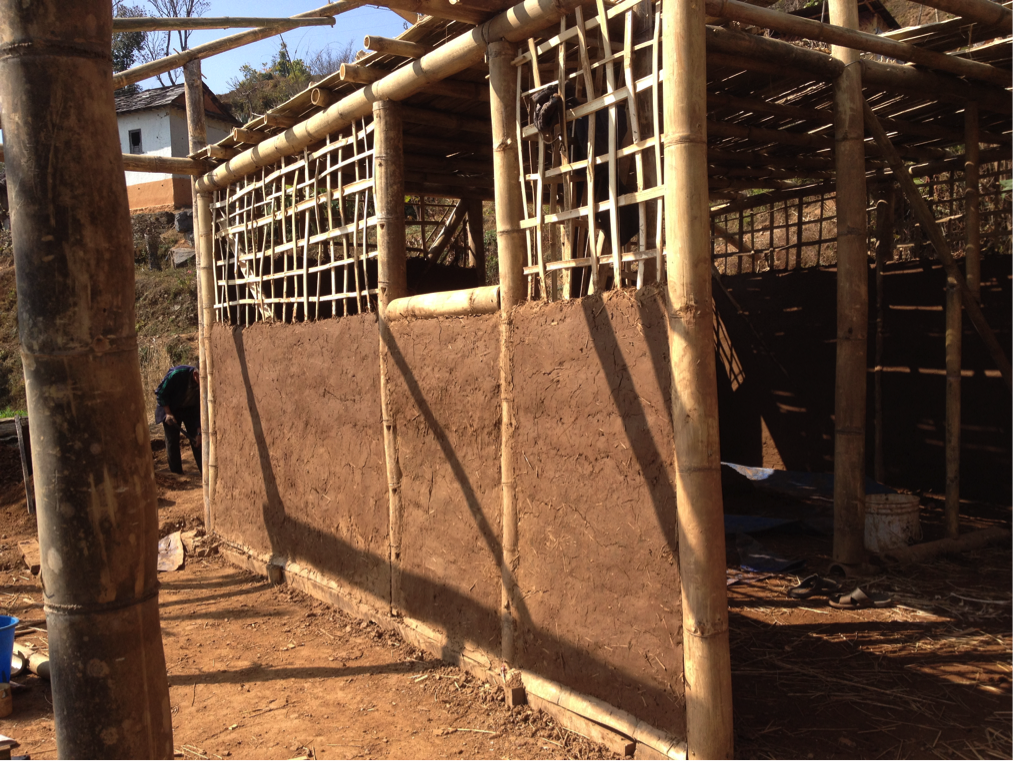
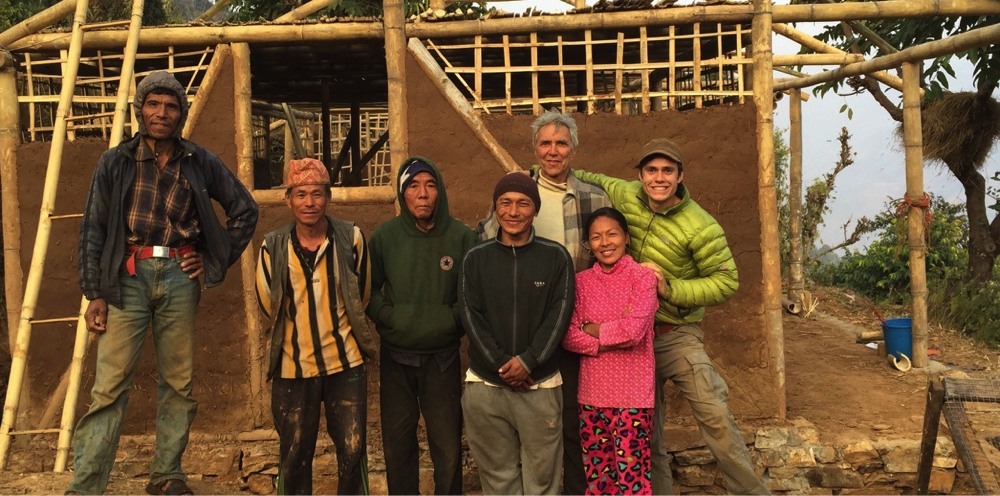
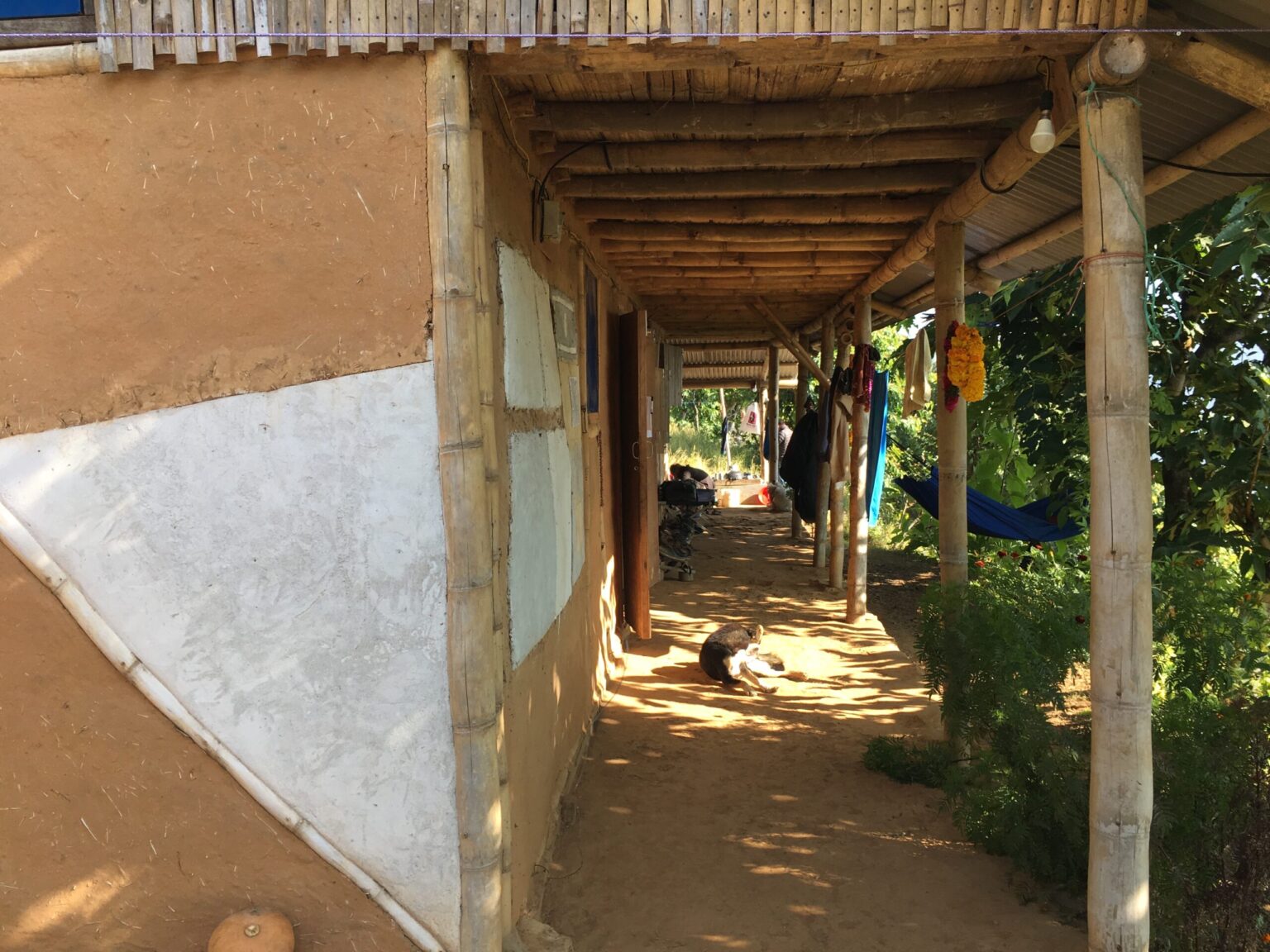

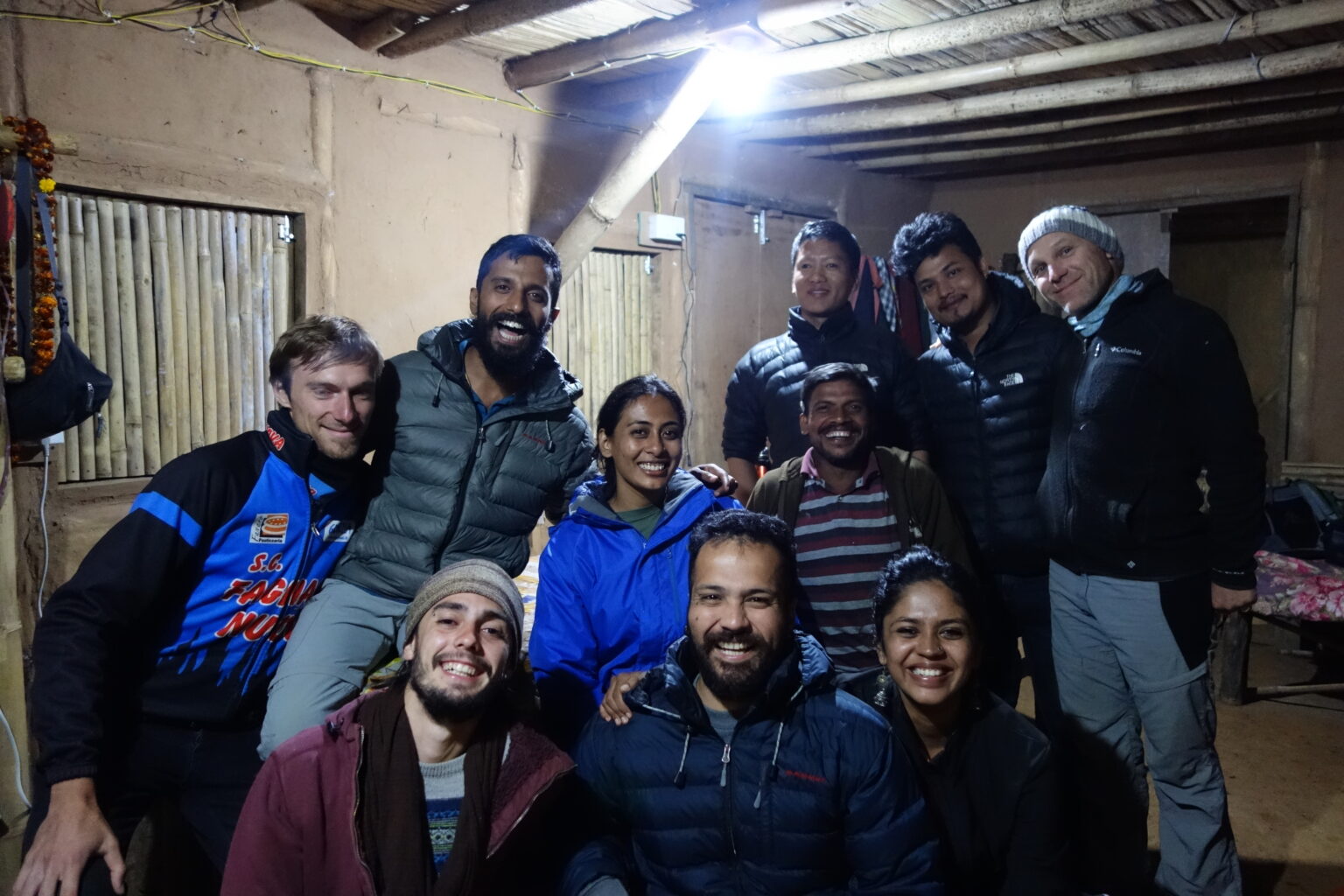
Module 1
Training one hundred masons and carpenters to meet the shortage of skilled artisans.
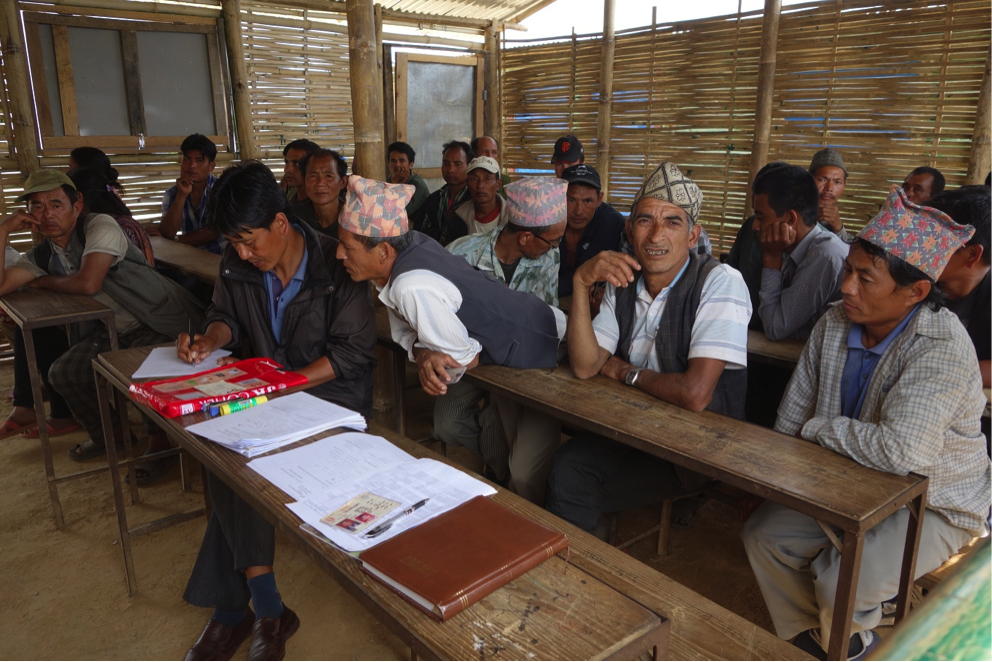
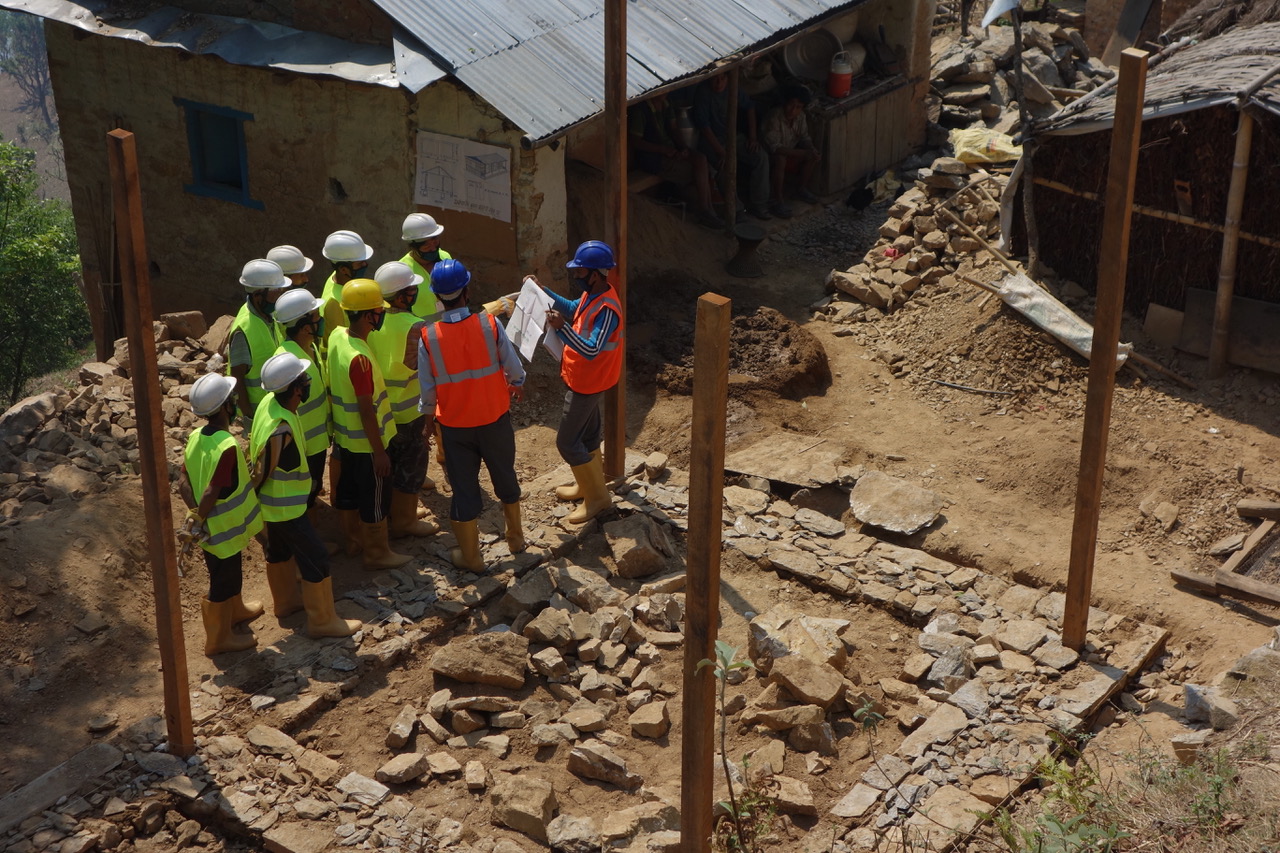
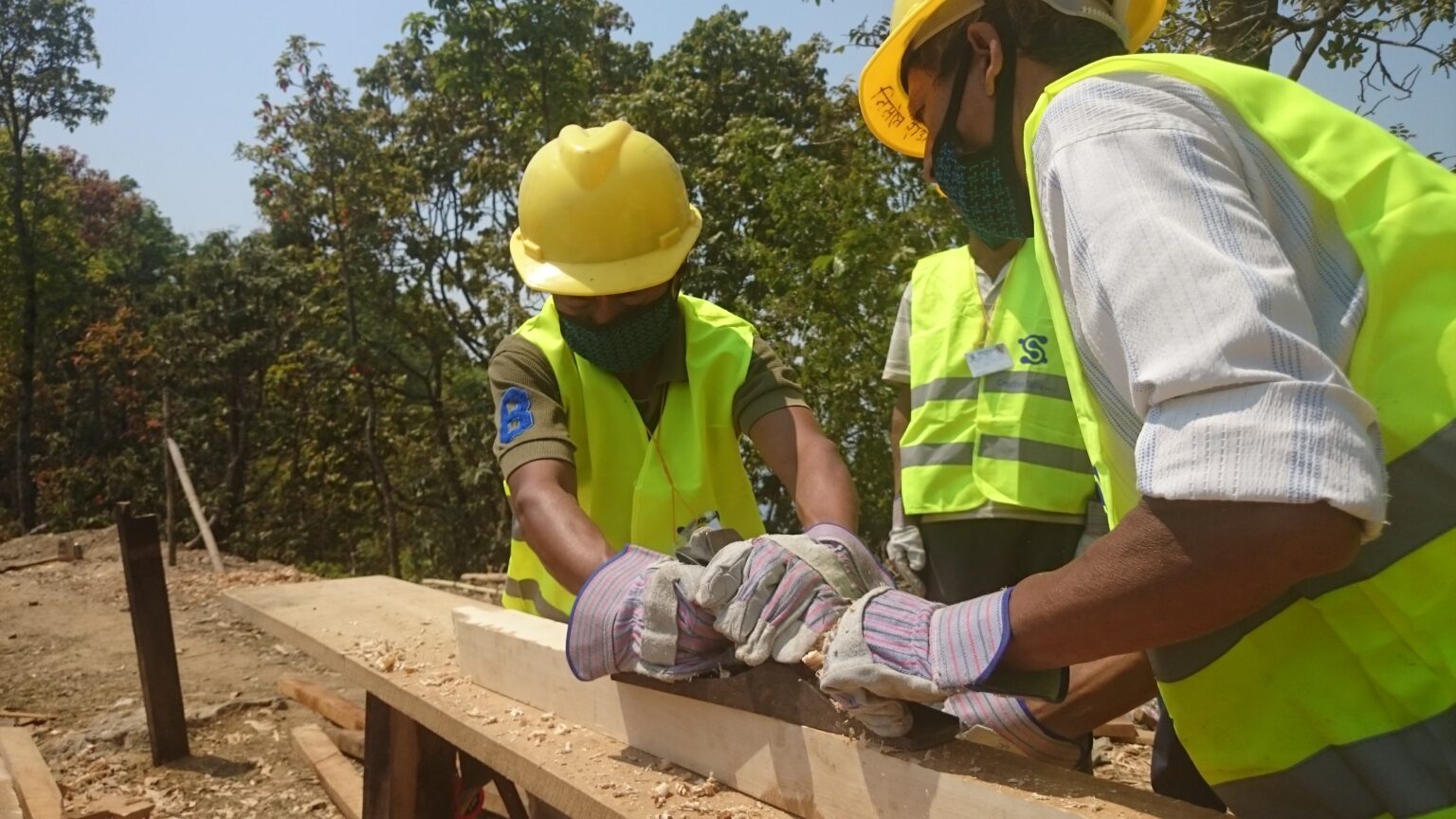
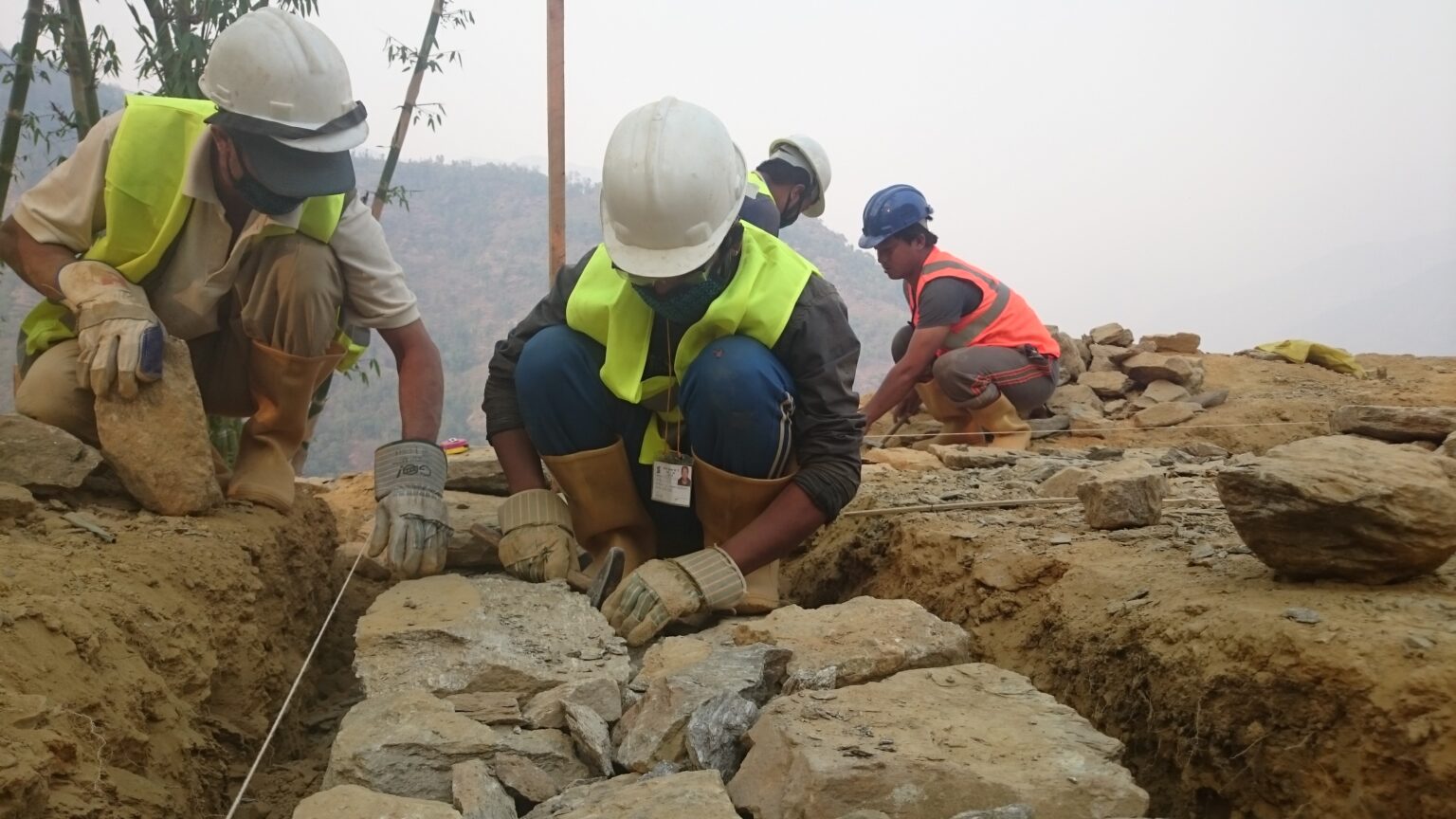
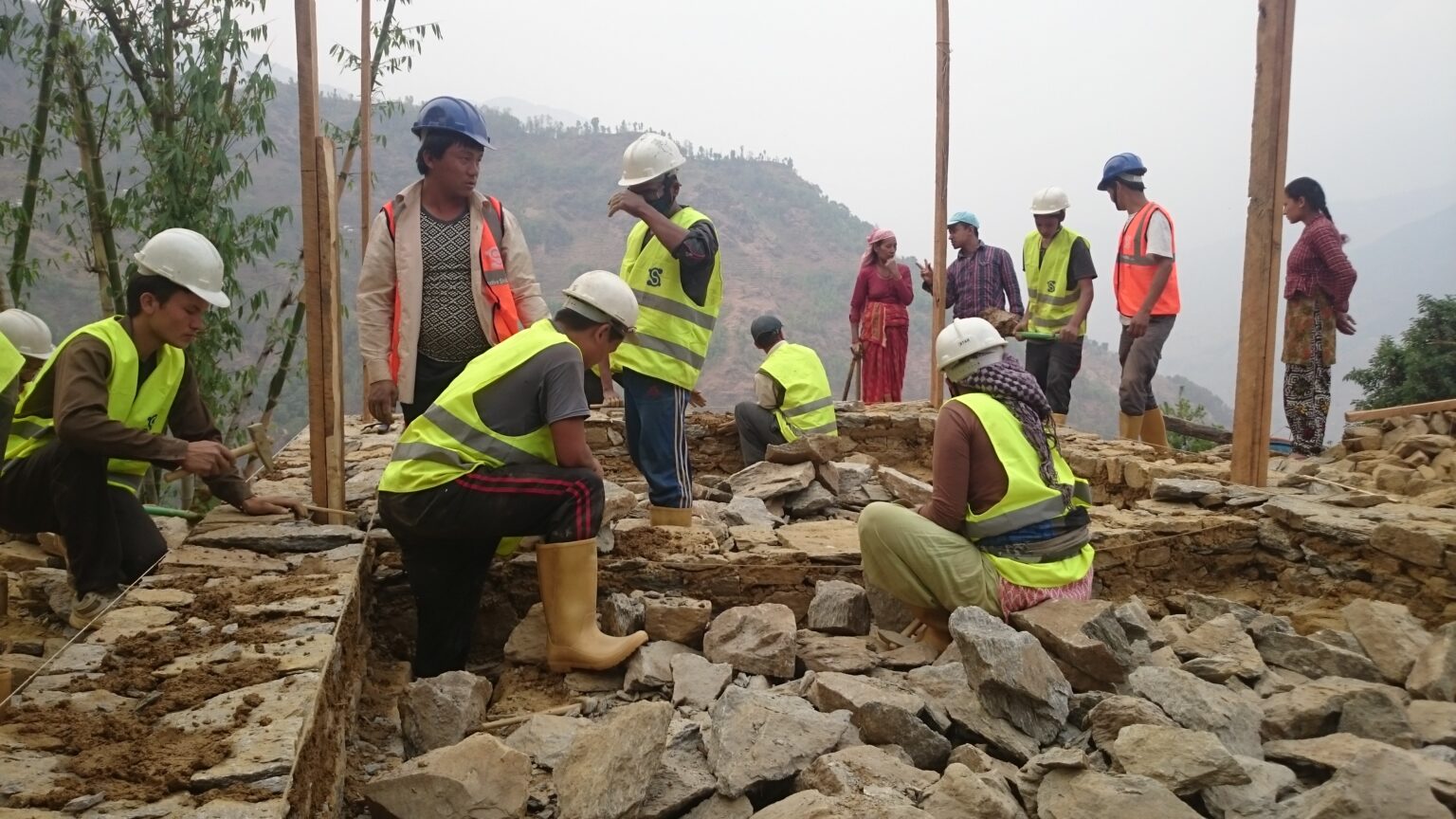
Module 2
Technical support to the population for the implementation of sustainable earthquake-resistant techniques.
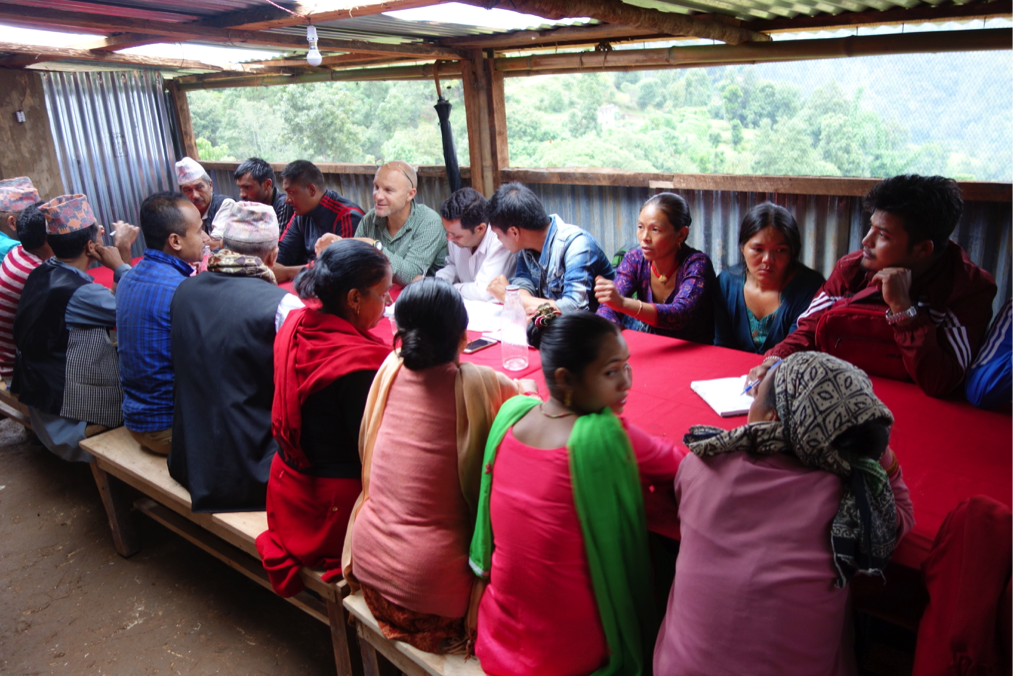
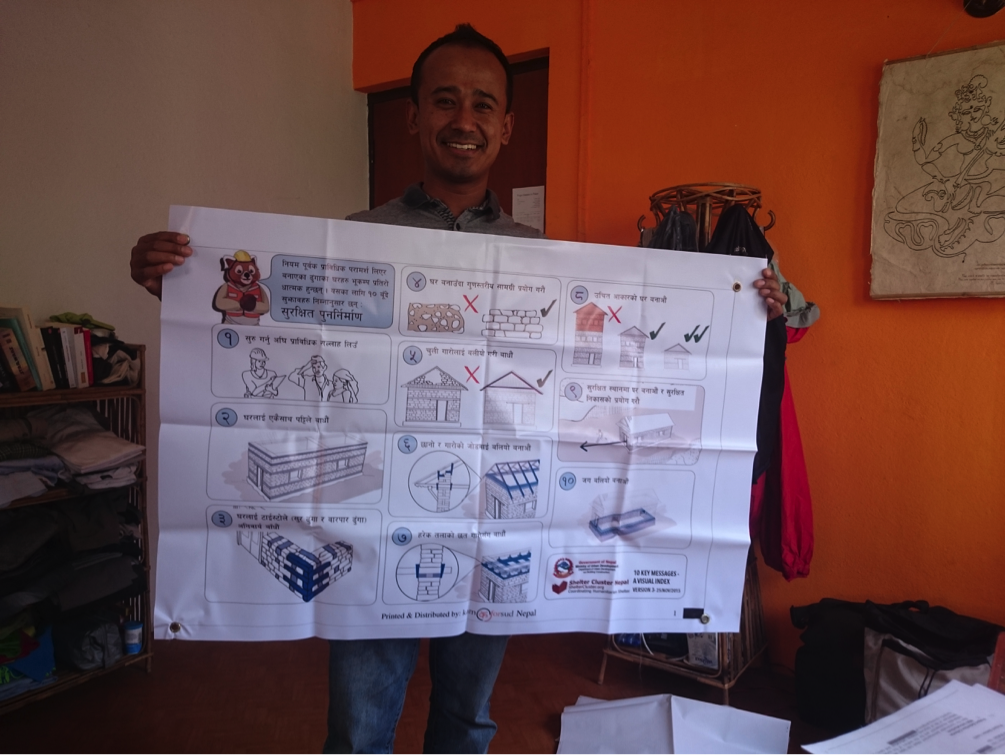
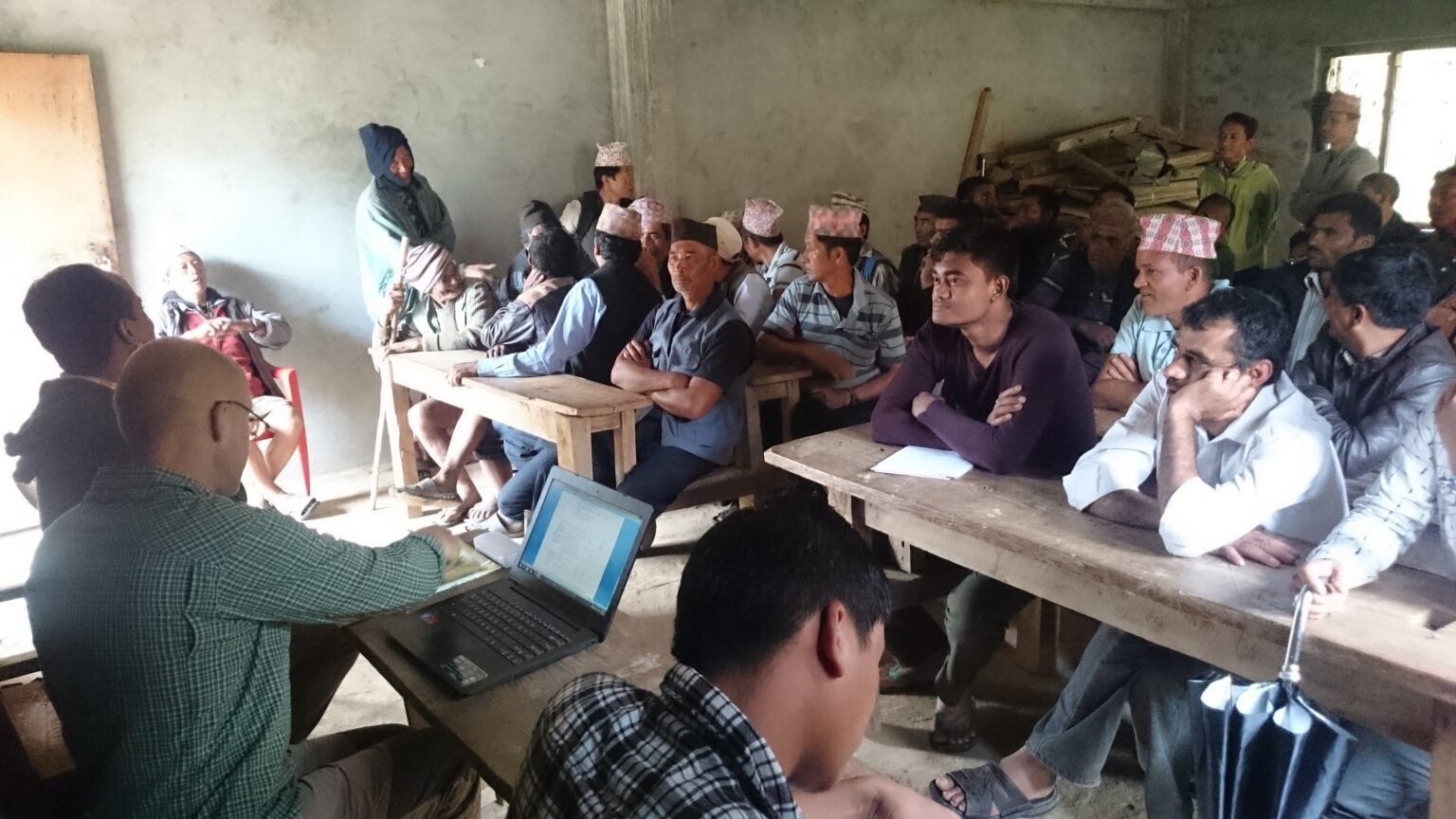
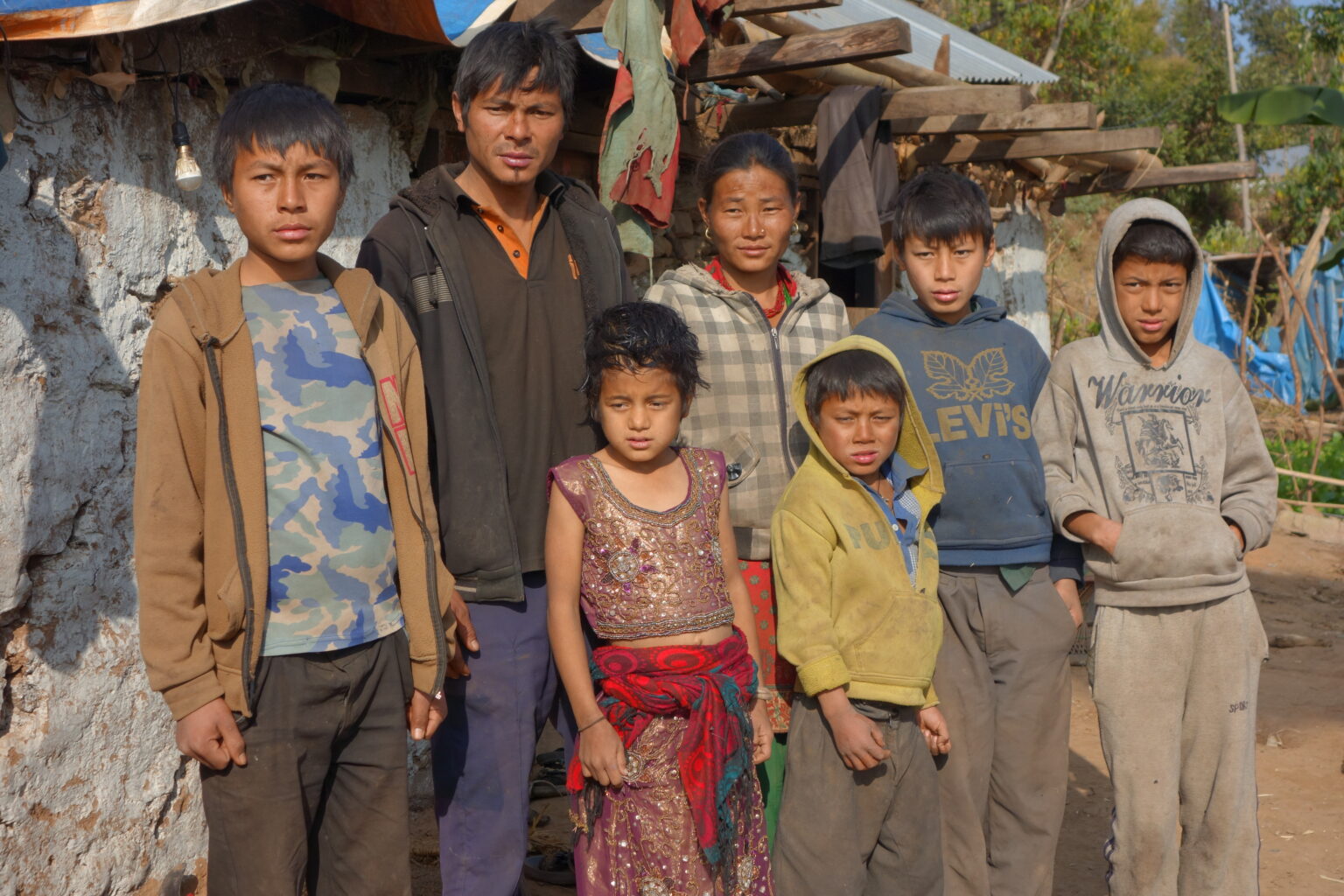
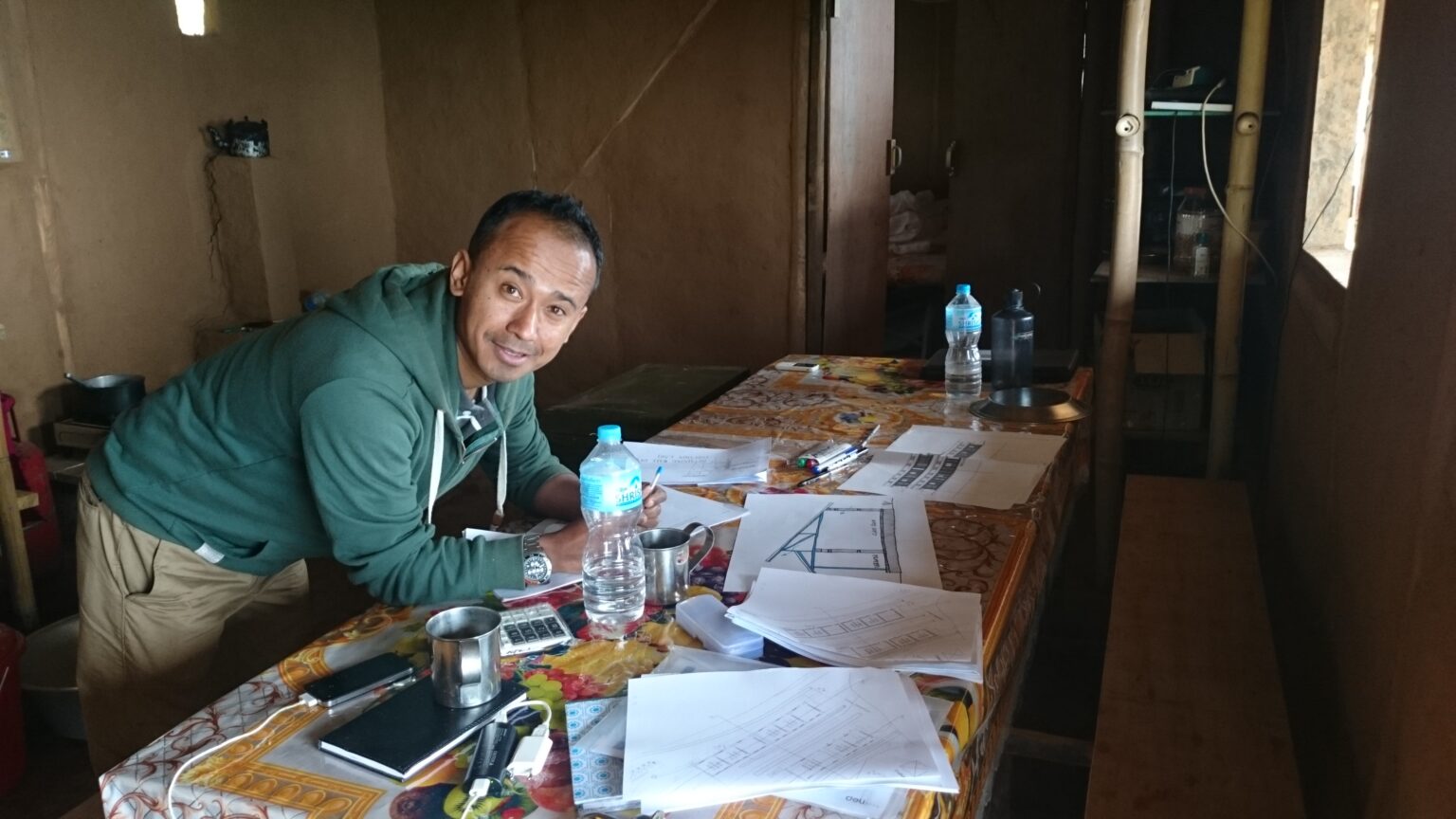
Module 3
Practical support for the reconstruction of more than eight hundred private homes.
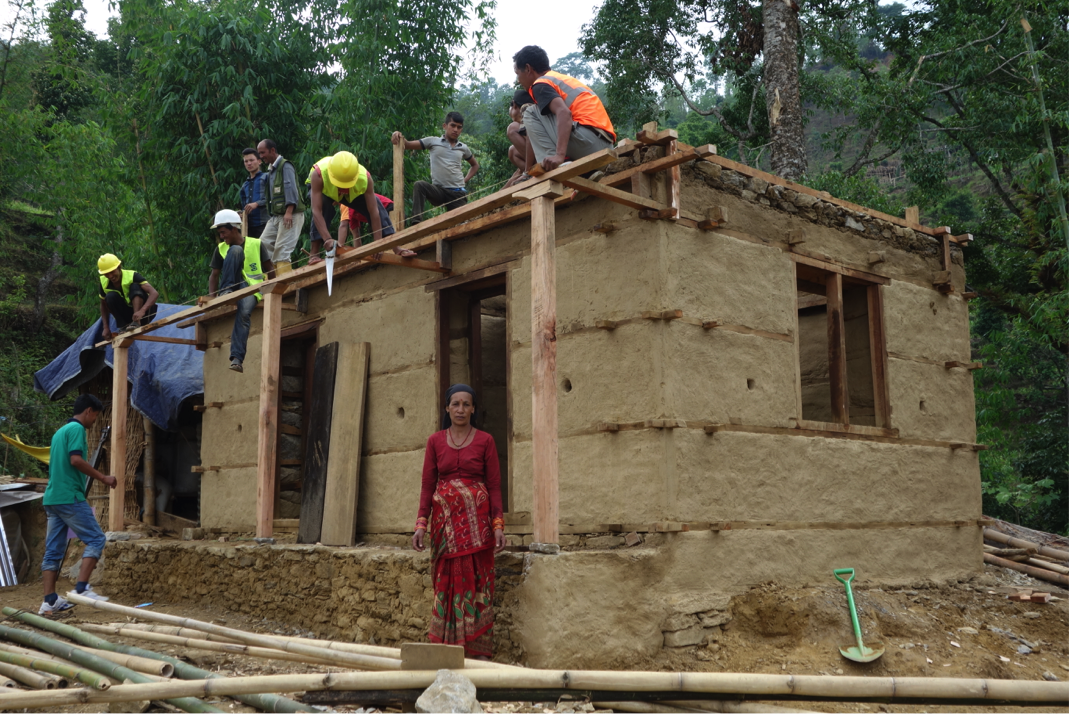

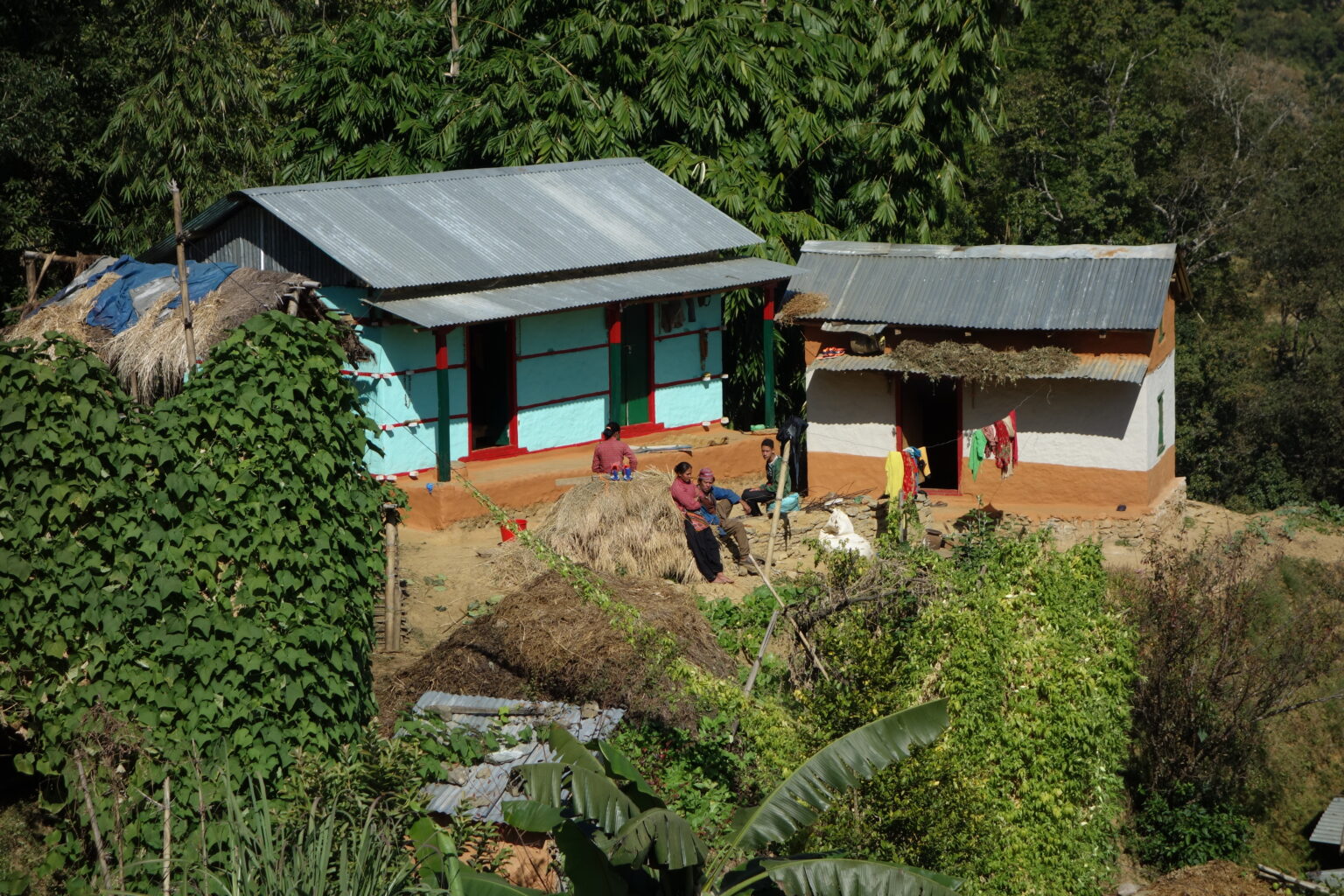
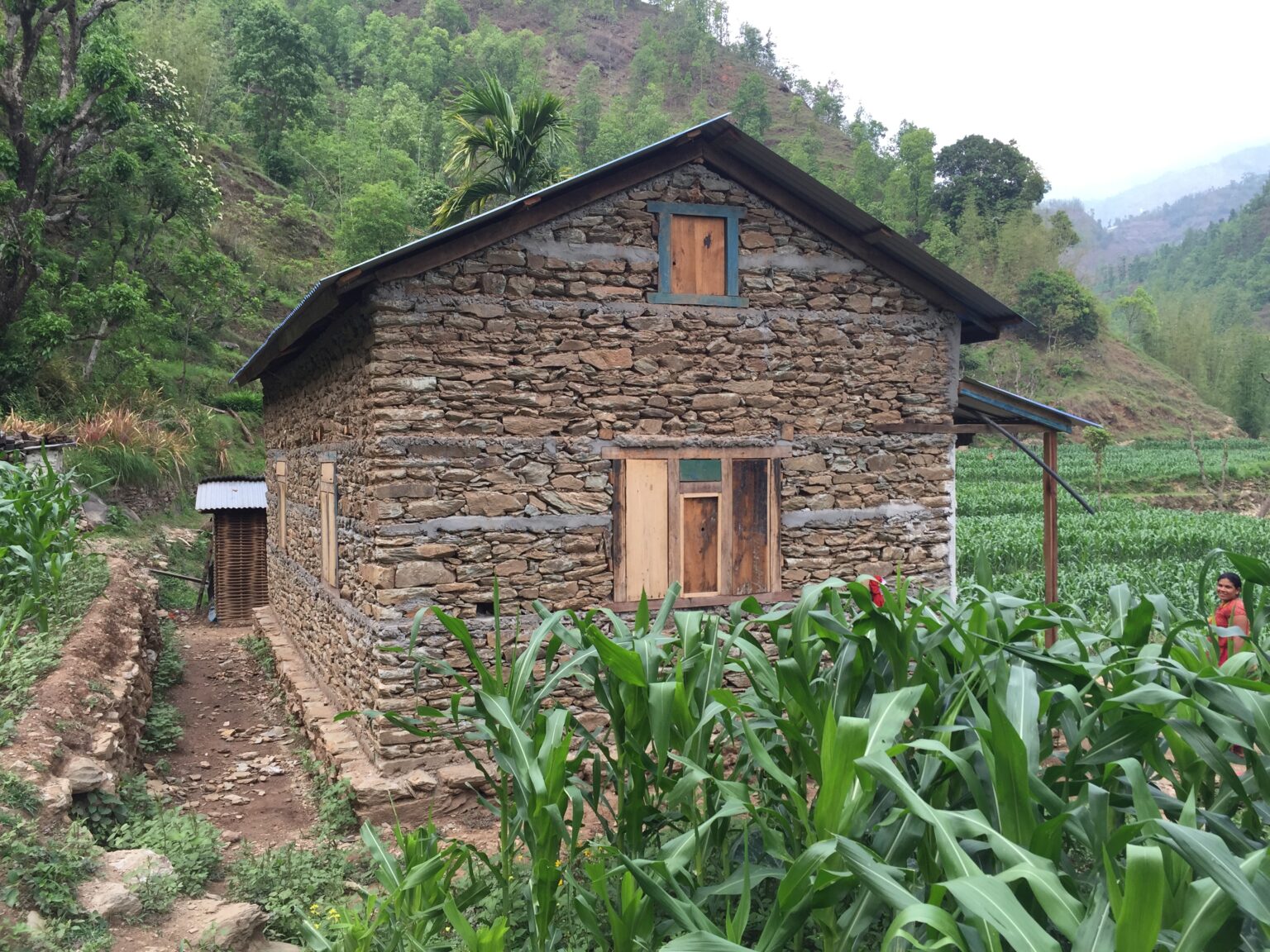
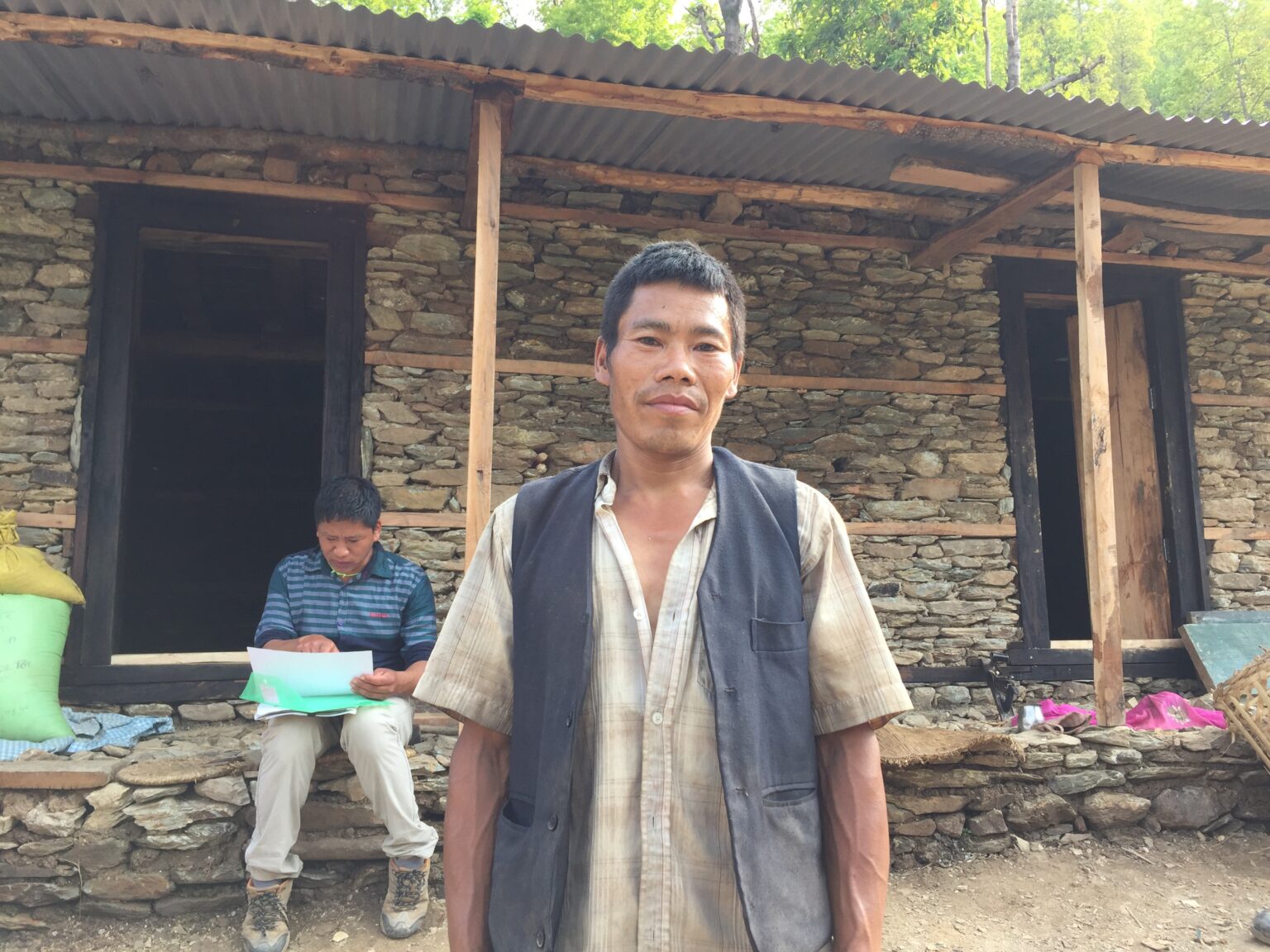
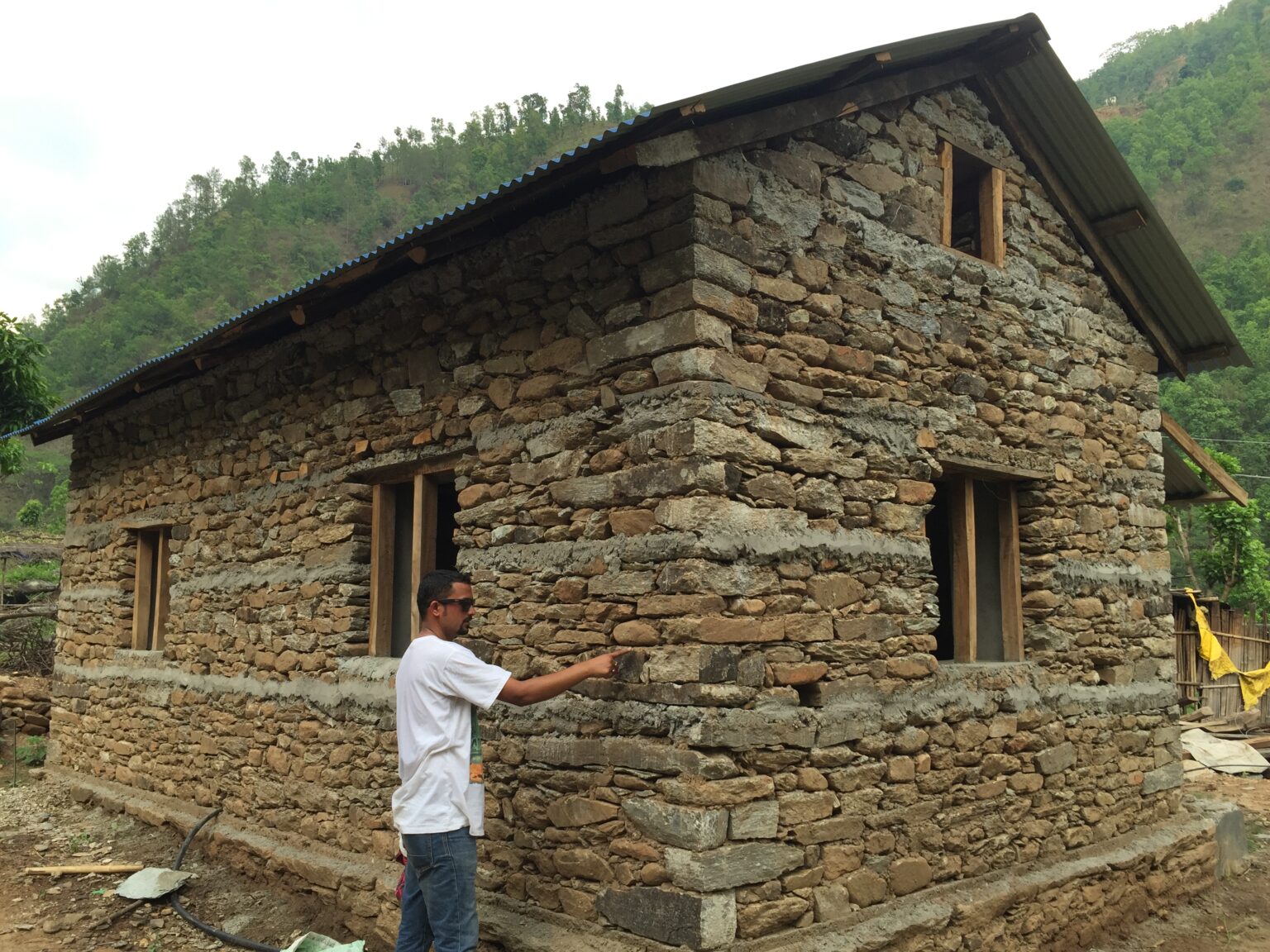
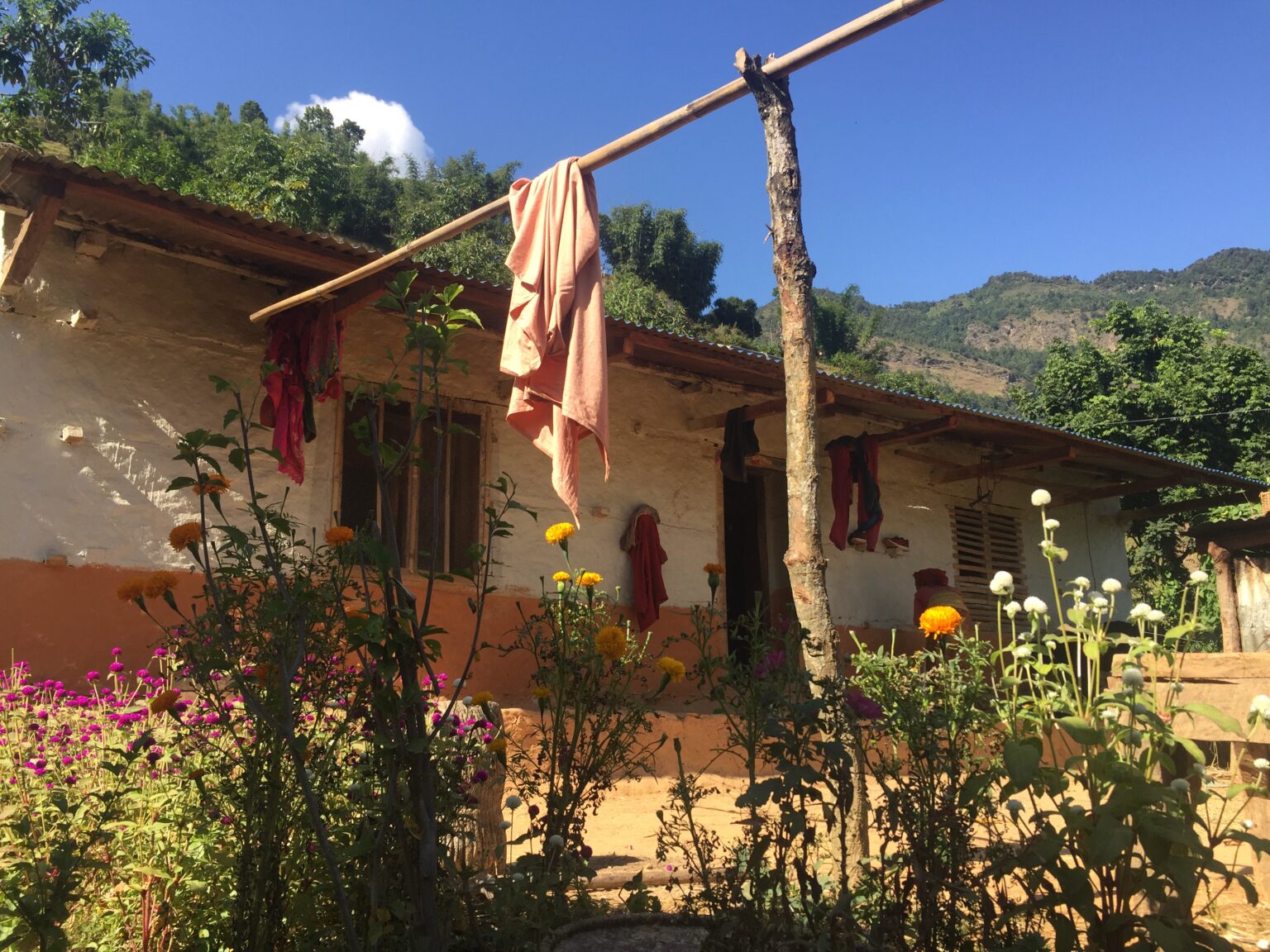

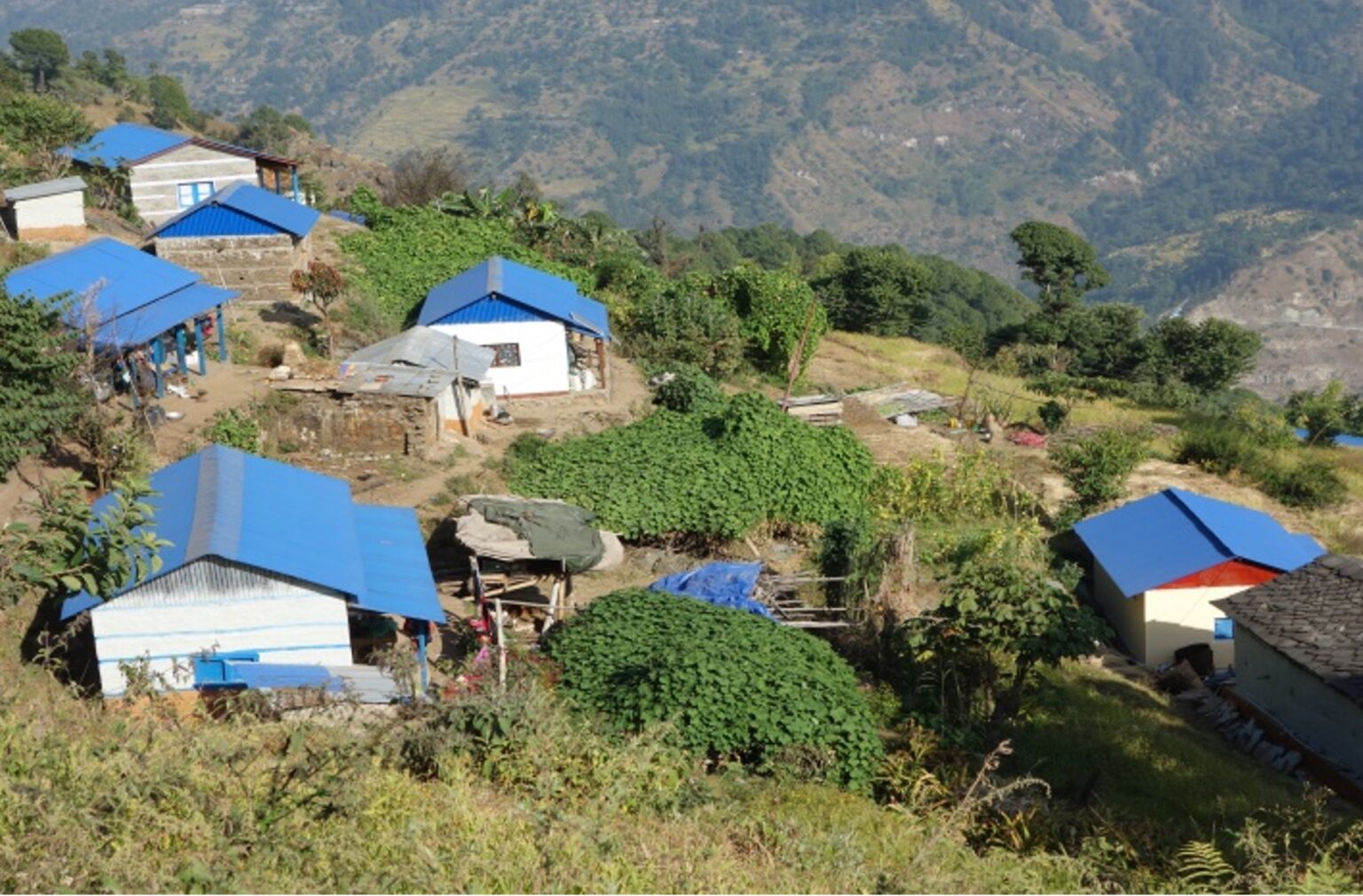
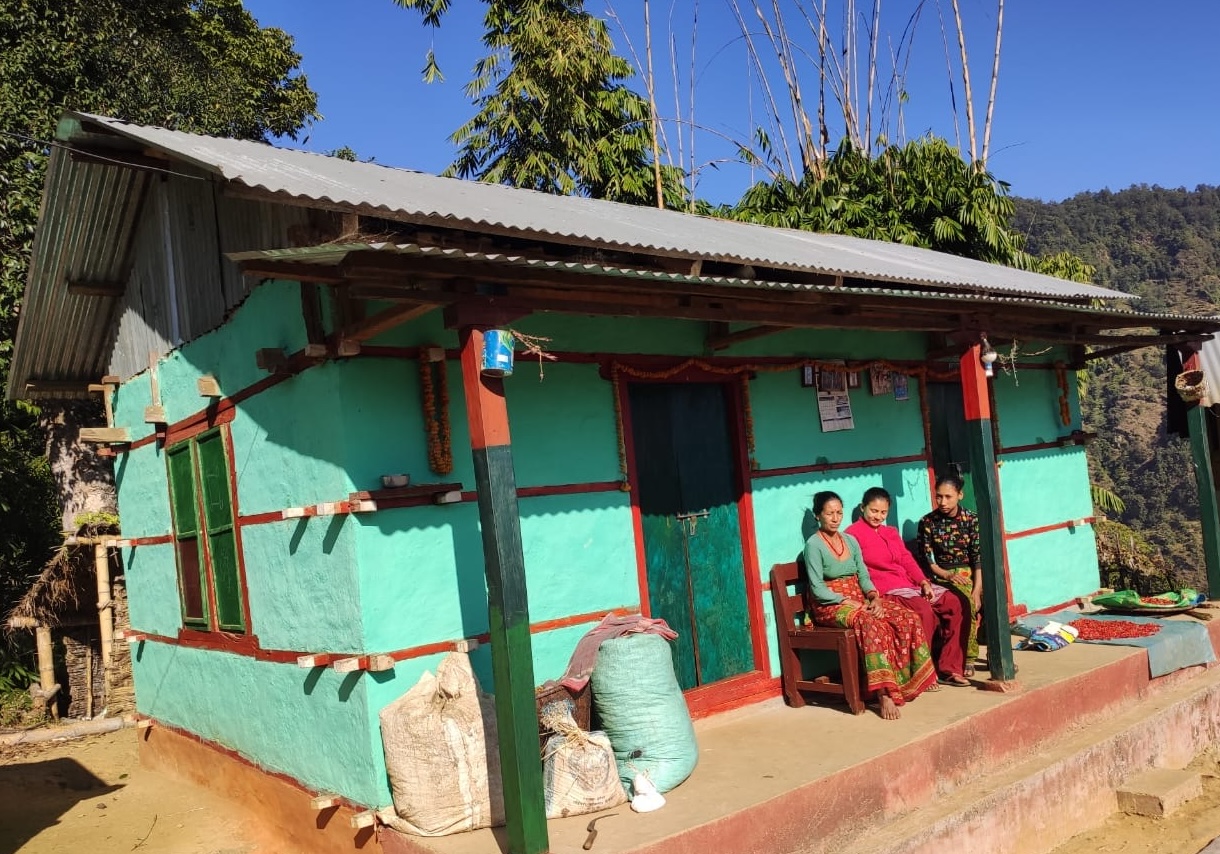


Module 4
Reconstruction of public infrastructures (two schools and a health post with maternity ward).
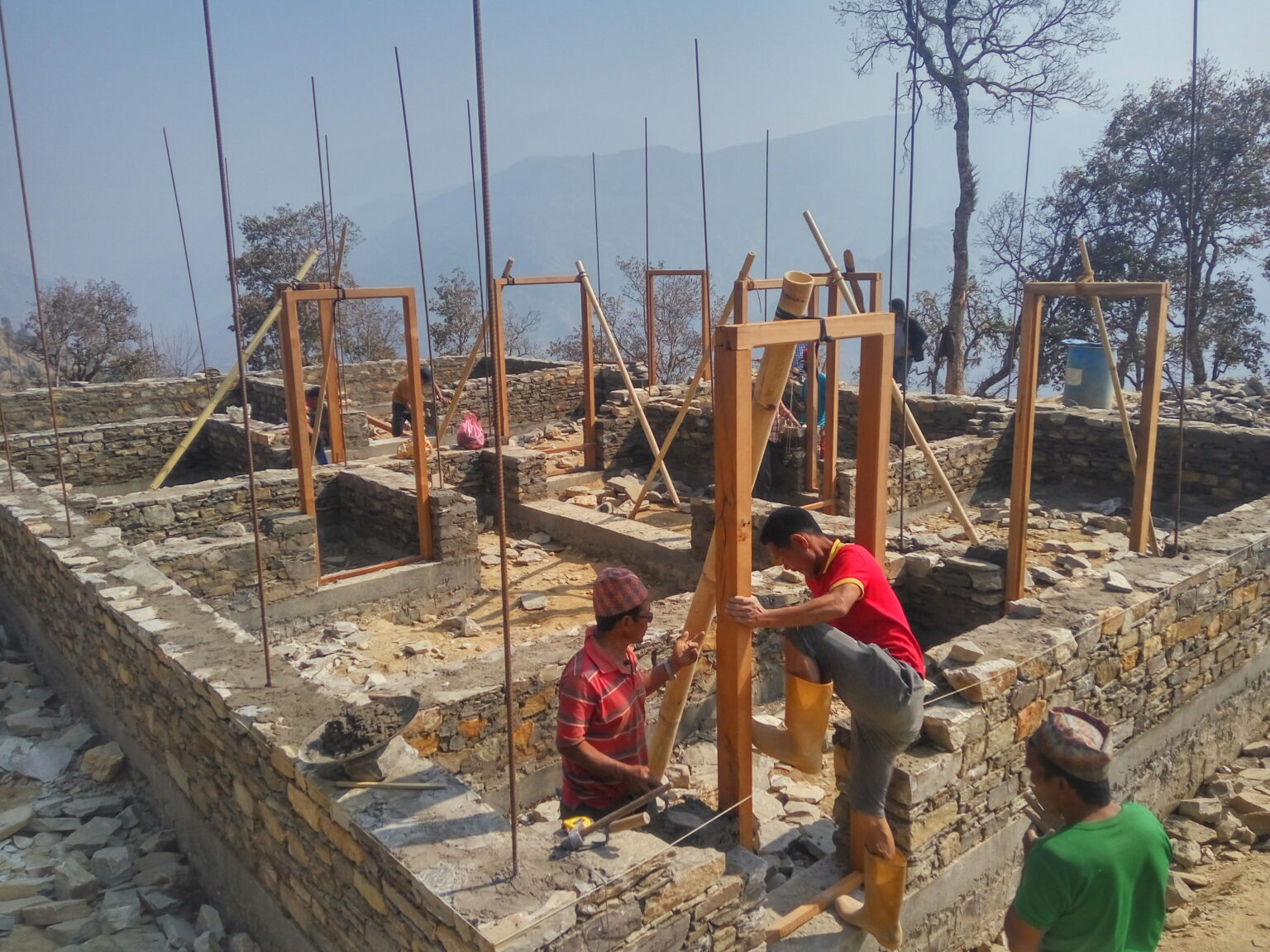
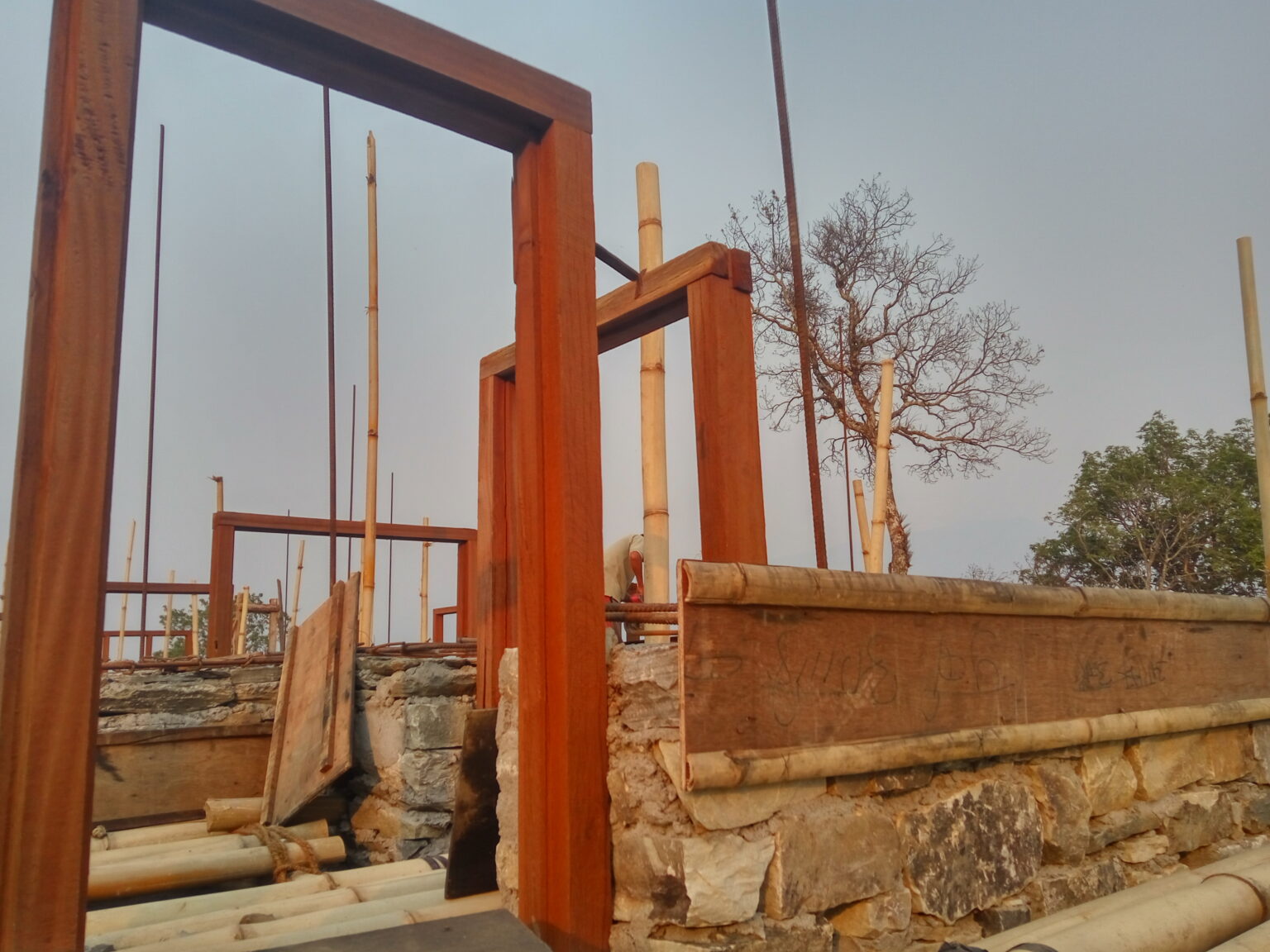
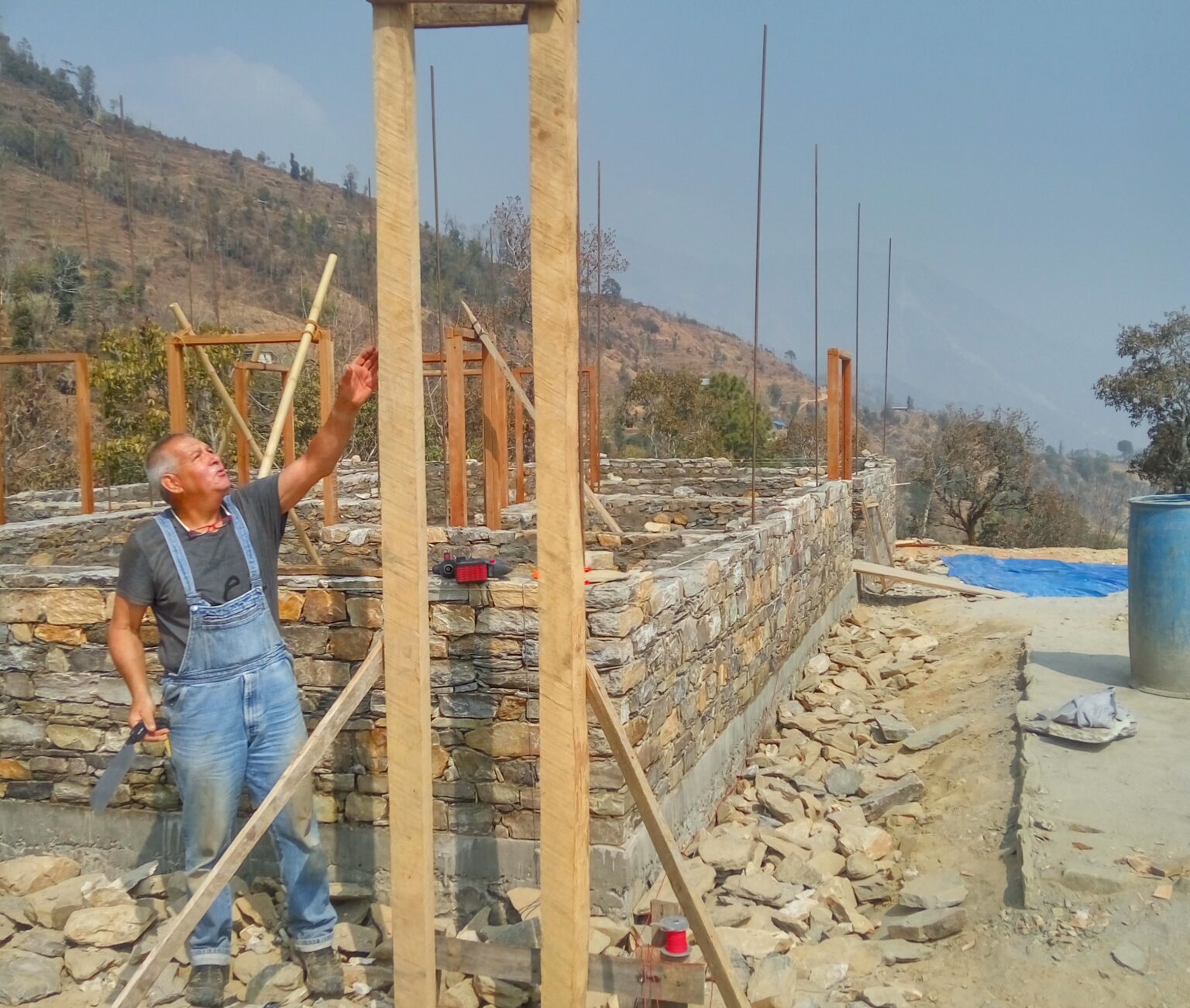
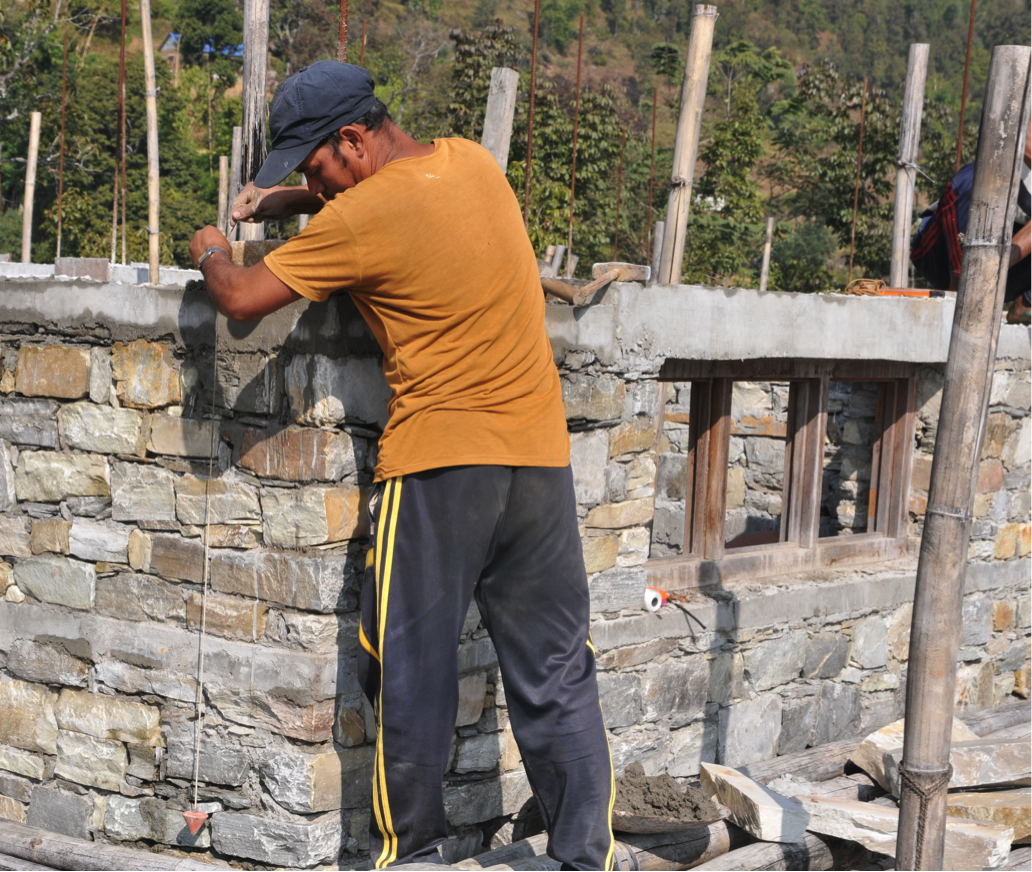
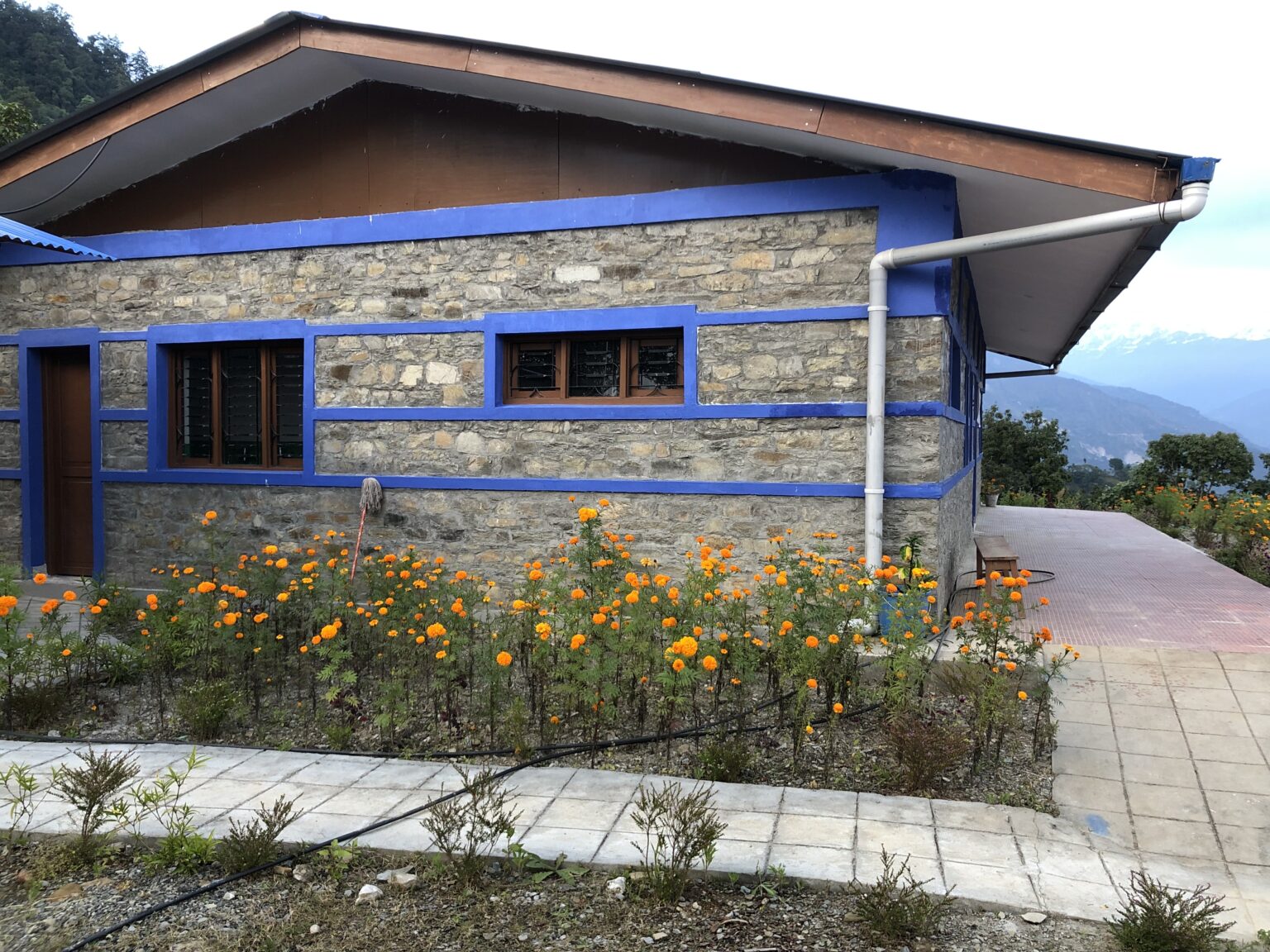
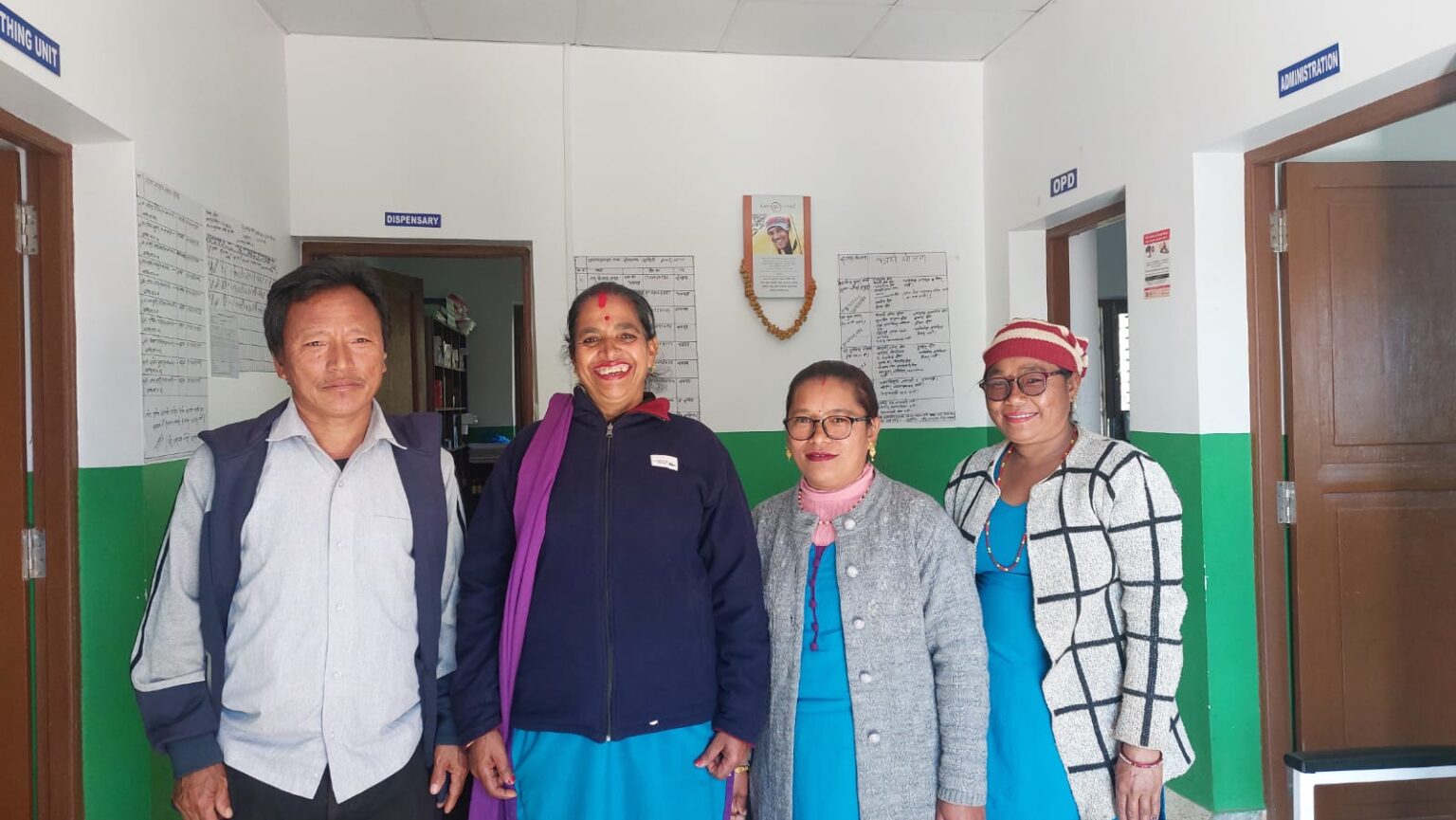

The project could be successfully completed first and foremost due to the professional engagement of three project managers, who followed each other in leading the local team: engineer Daniel Pittet in 2016, architect Giacomo Butte from early 2017 to June 2018, and finally engineer Bikash Tajale from July 2018 to May 2019.
To complete the team of professionals on site, in addition to the project managers, Kam For Sud also employed a construction coordinator, an engineer and two site supervisors, all Nepalese, who were full-time base camp residents.

Photo Decembre 2017 – from the left: Man Bahadur Rai (coordinator), Giacomo Butte (project manager), Basant Kumar Upadhya (supervisor), Bikash Tajale (engineer), Valentin Strahm (carpenter, Swiss civilist), Prabin Bhatta (supervisor), Rajan Shrestha (Kam For Sud Nepal projects’ coordinator).
3. The results
In Saipu, more than eight hundred private homes have been rebuilt using earthquake-resistant techniques; on May 12th 2019, two schools and a medical clinic with maternity ward were officially handed over to the Nepalese government, which provides ongoing operating costs and employs the necessary staff to keep the facilities running smoothly.
In the fall of 2019, the project came to an end, with an inauguration party for the reconstructed village held on October 23rd 2019.
